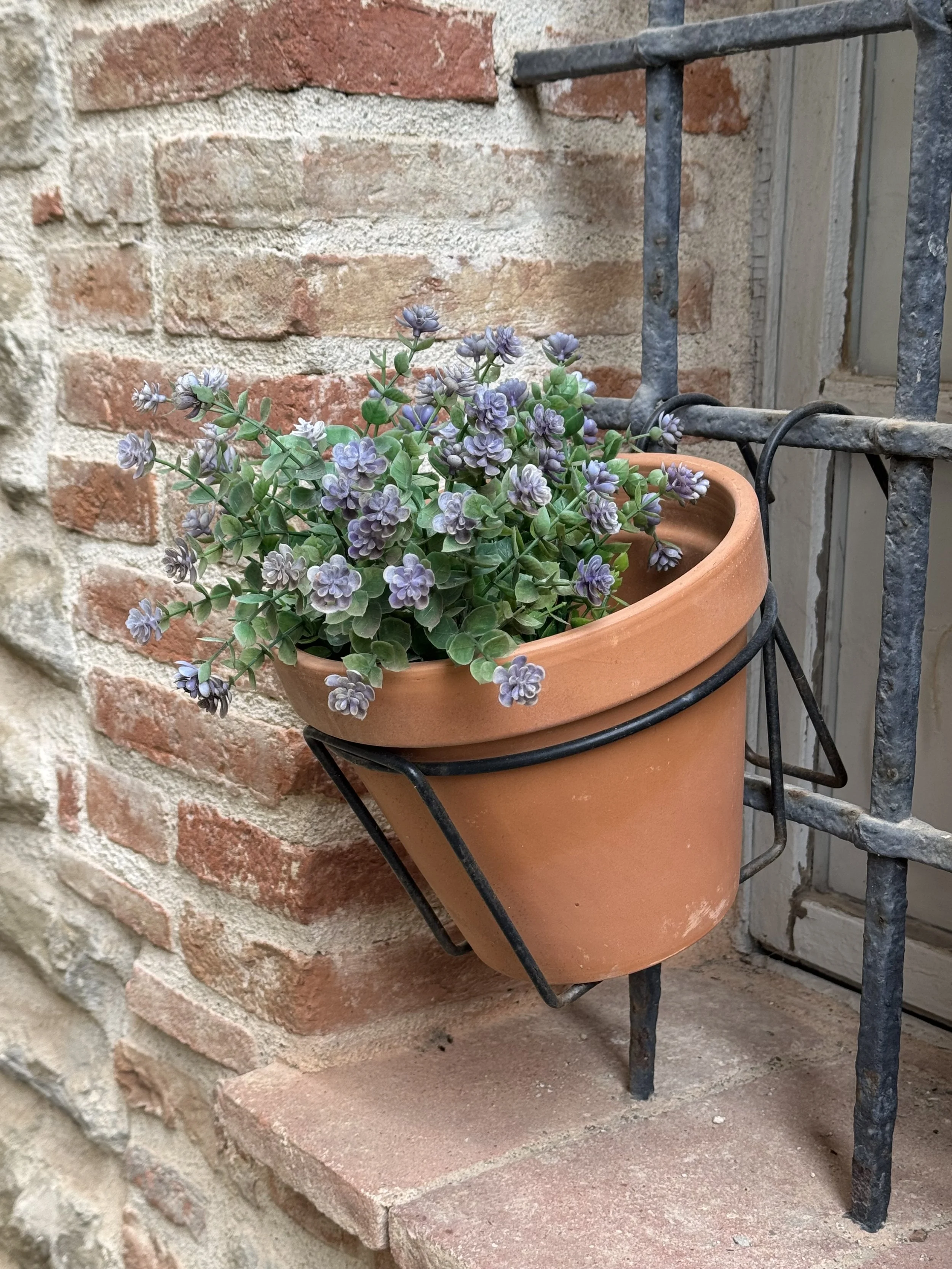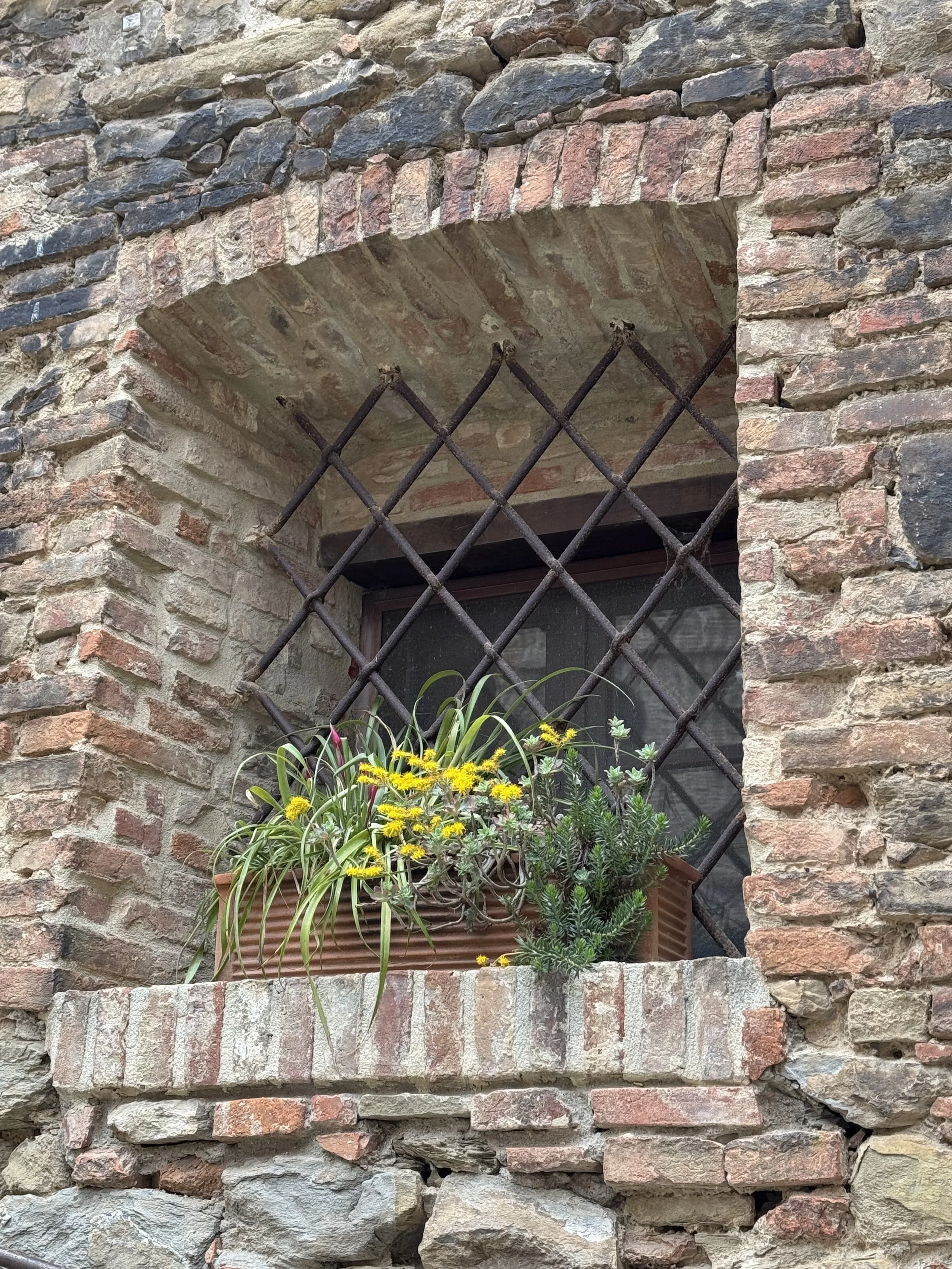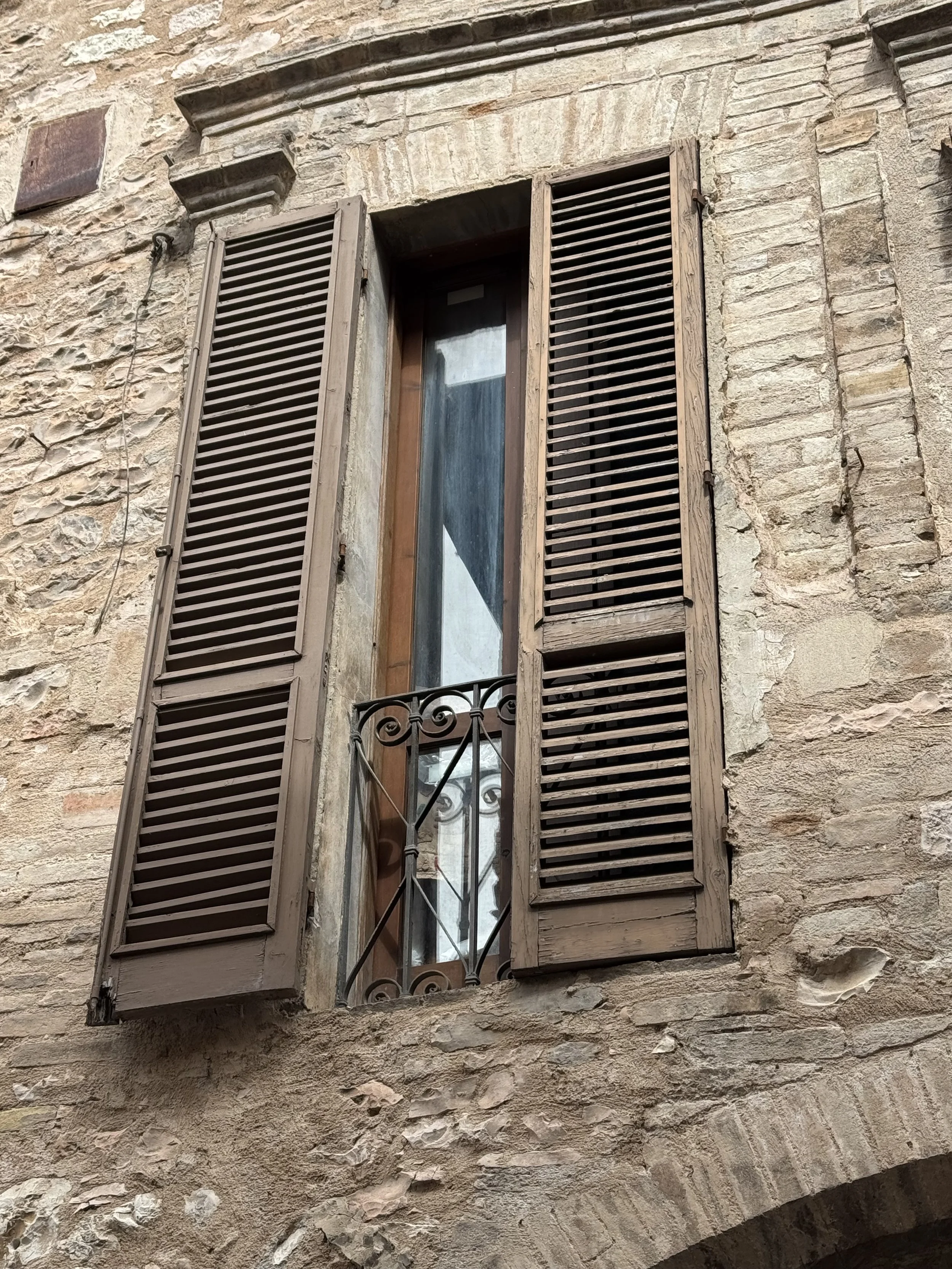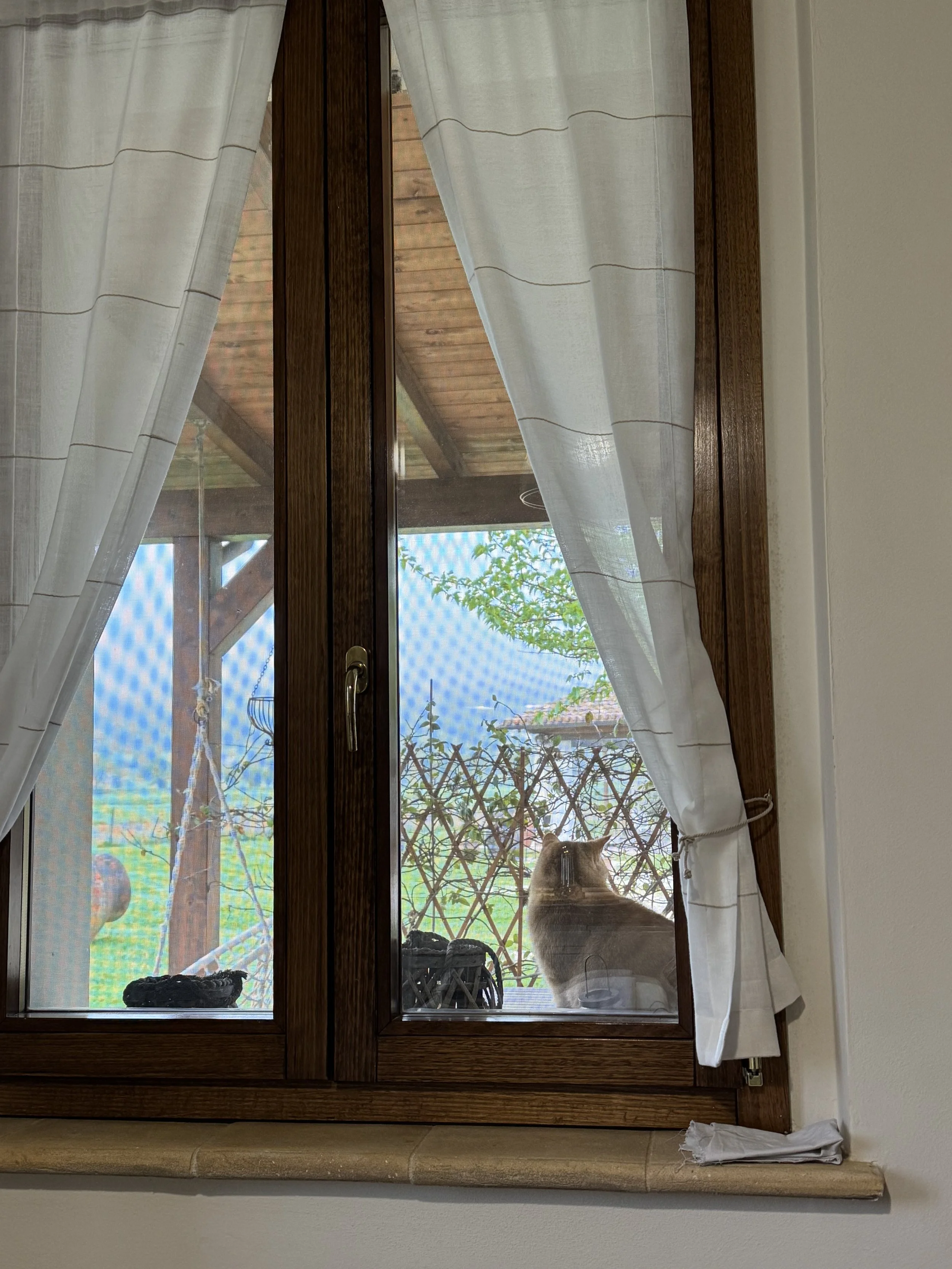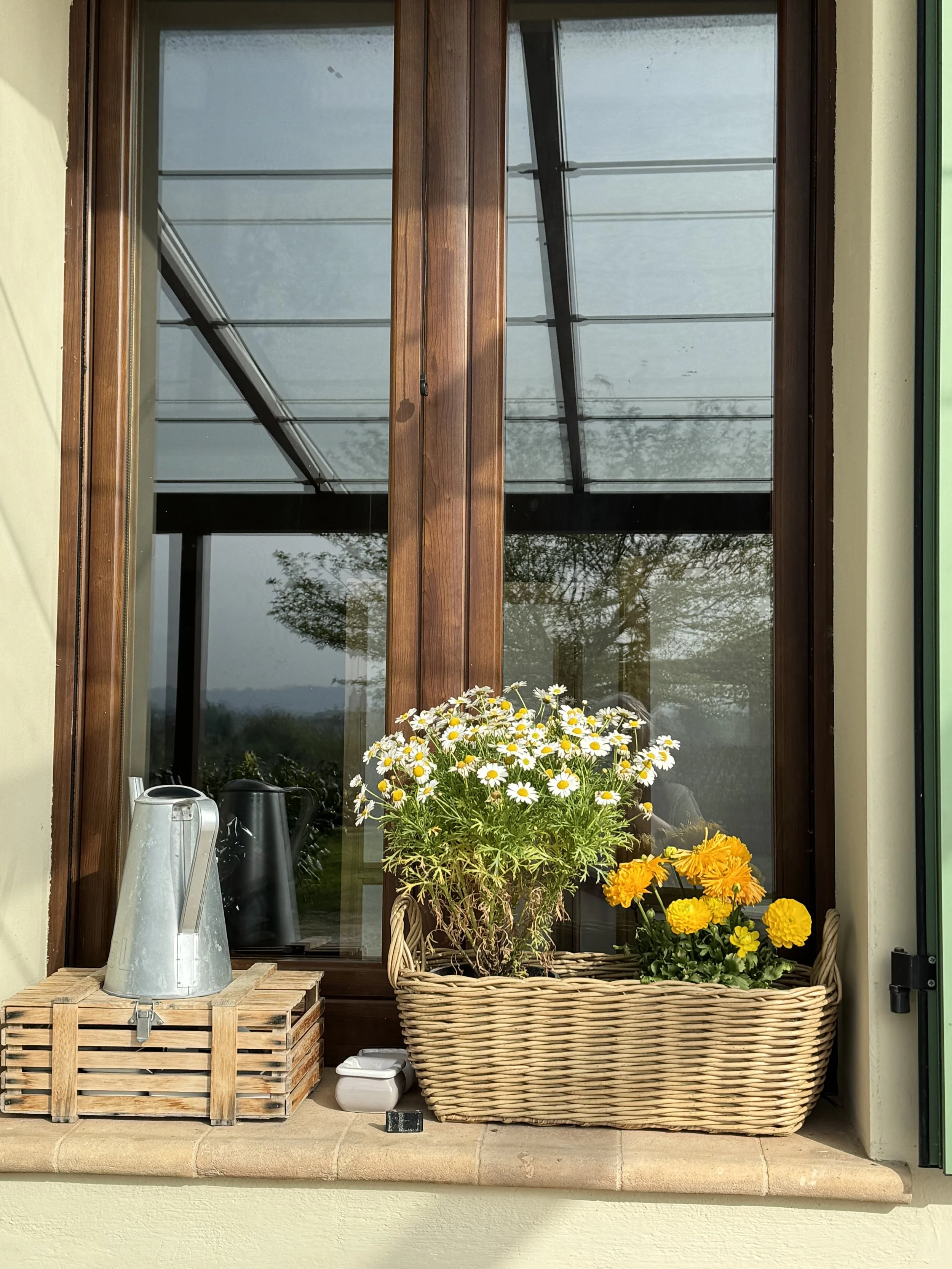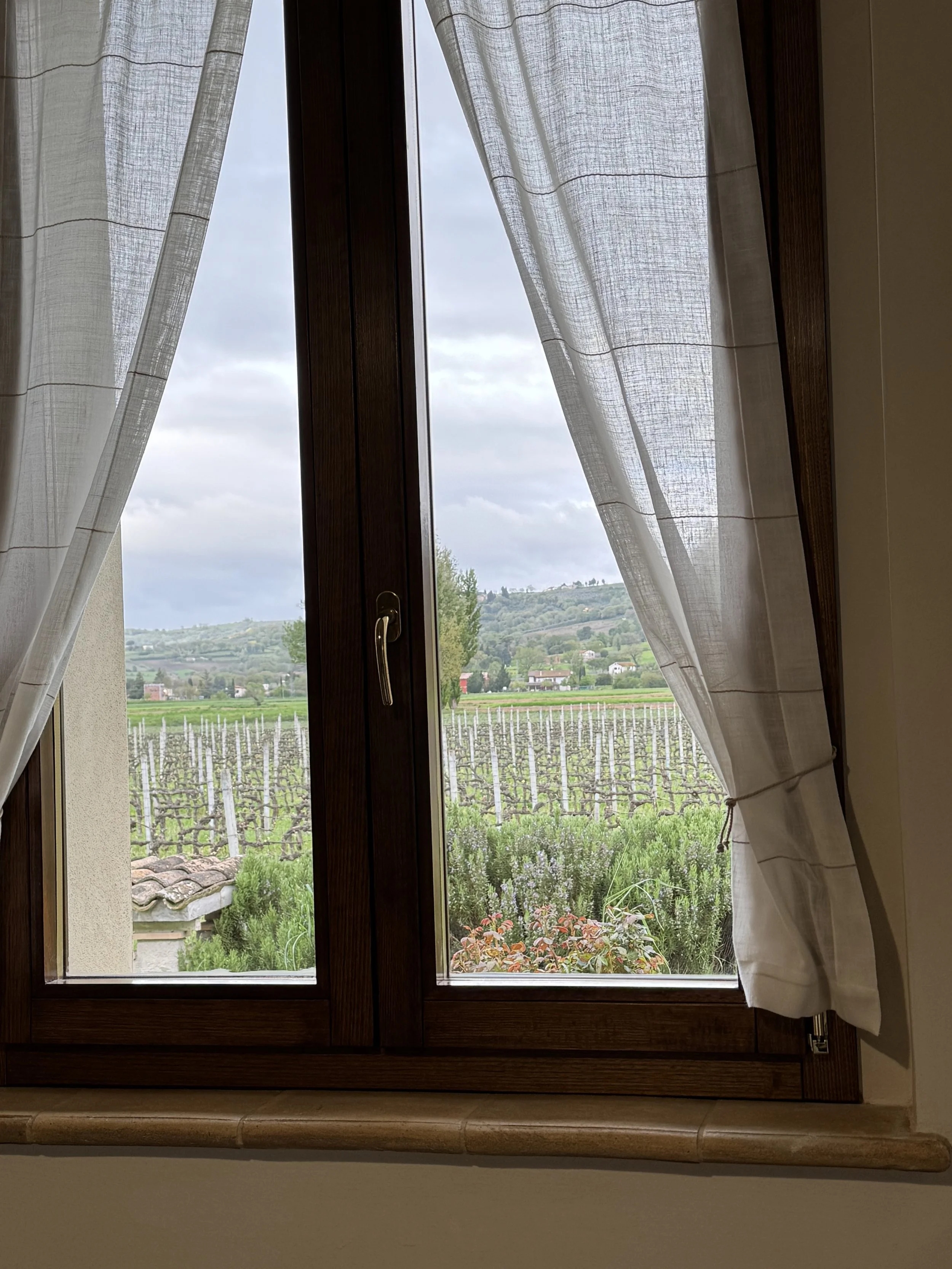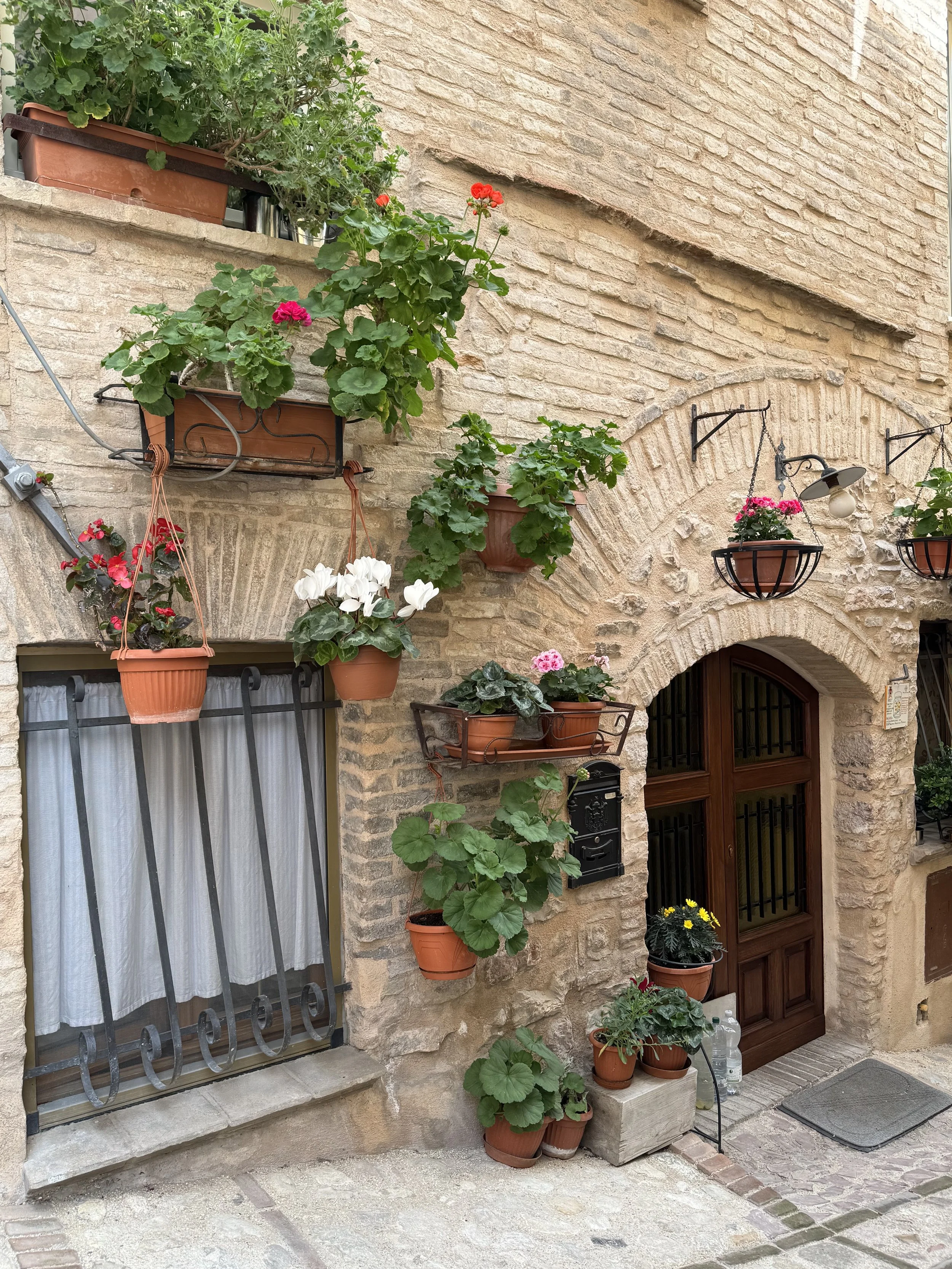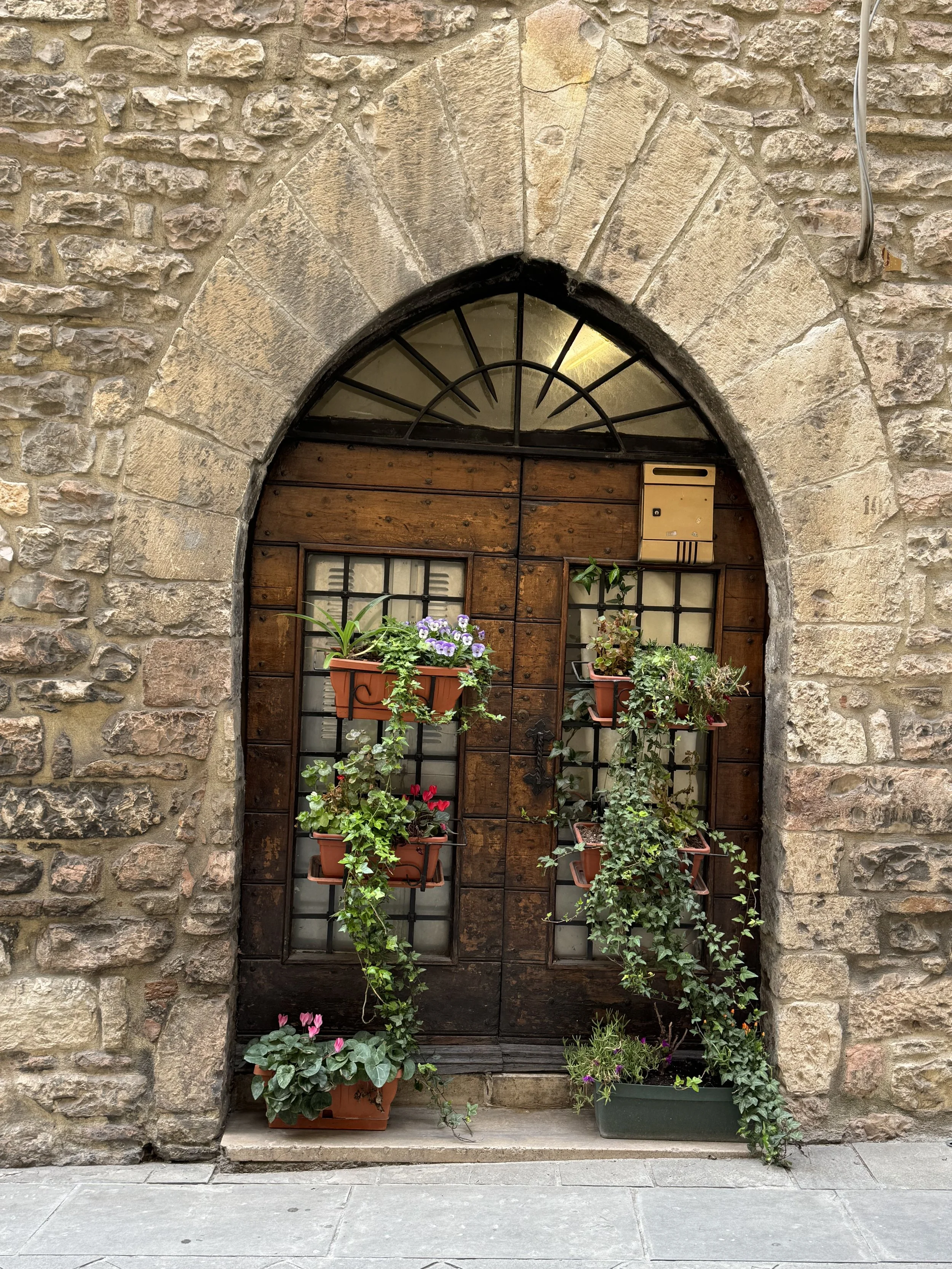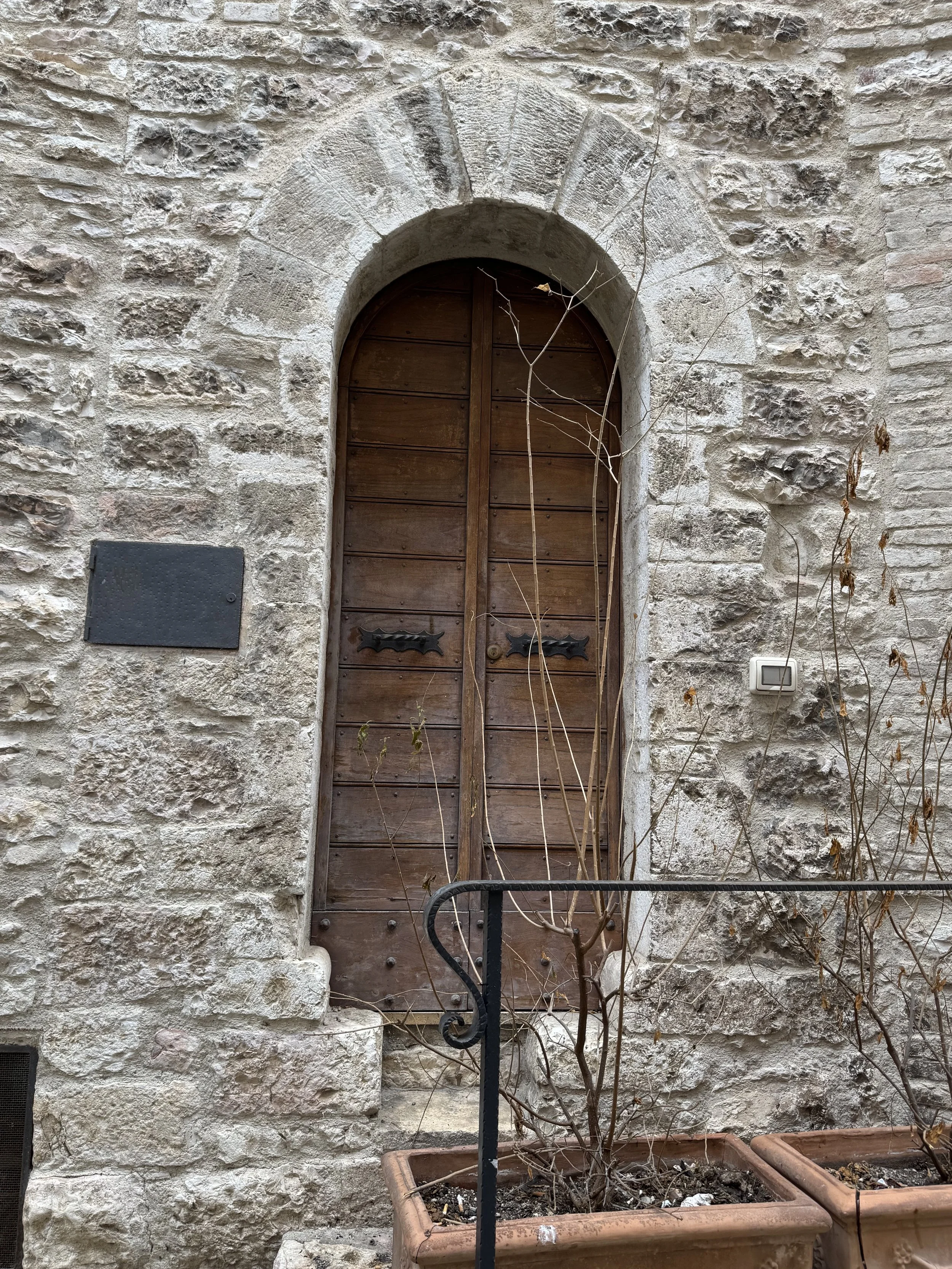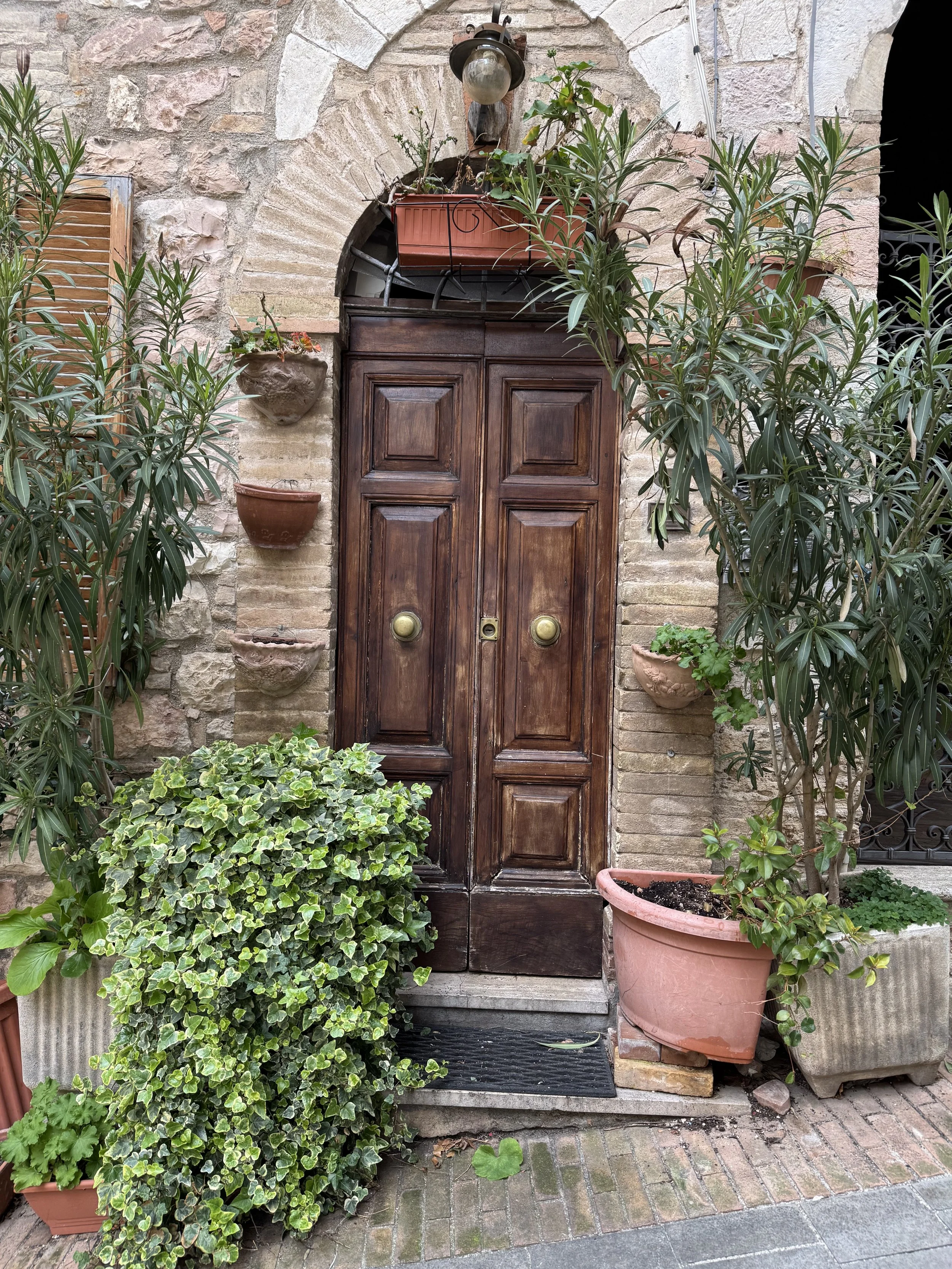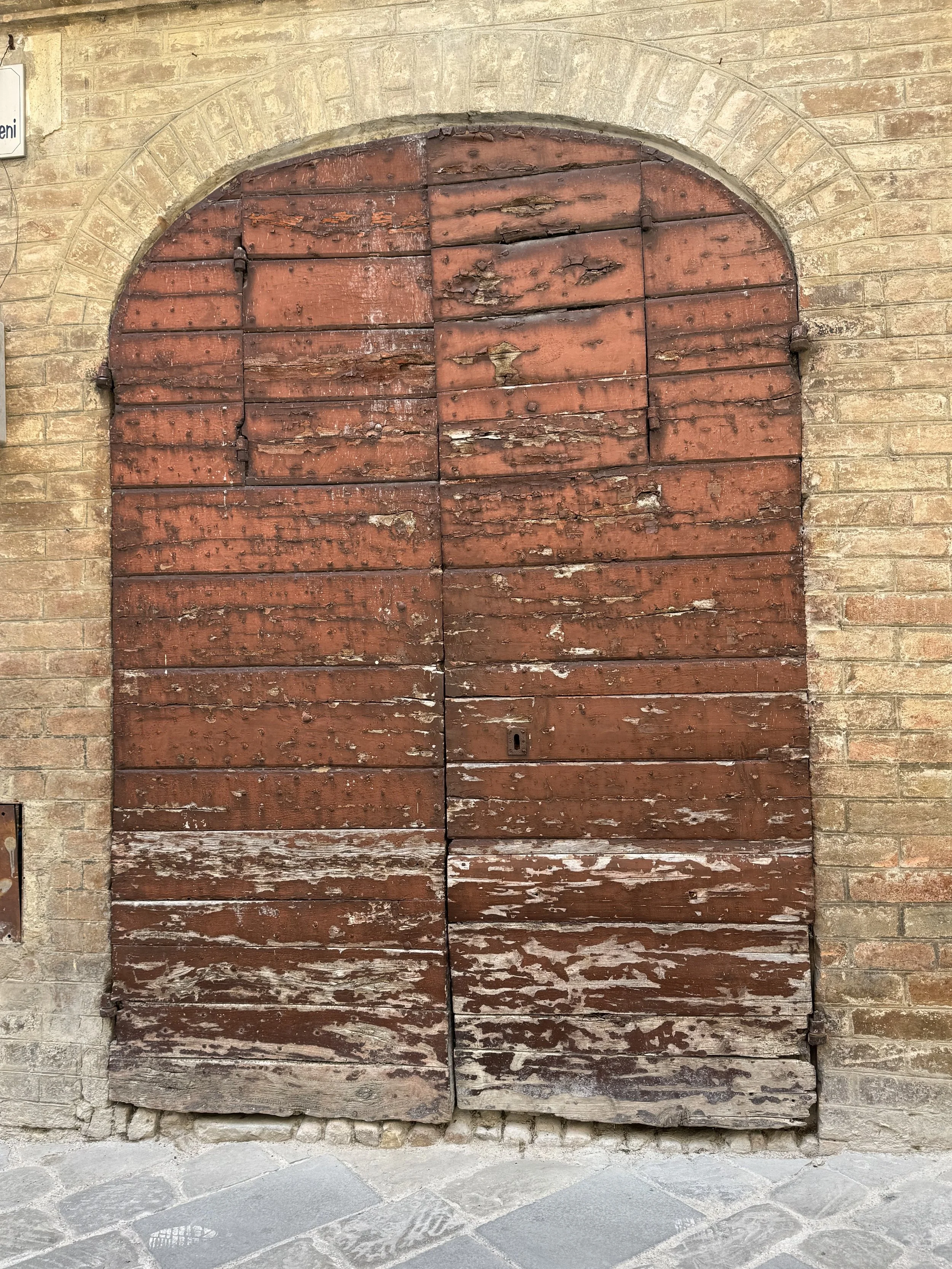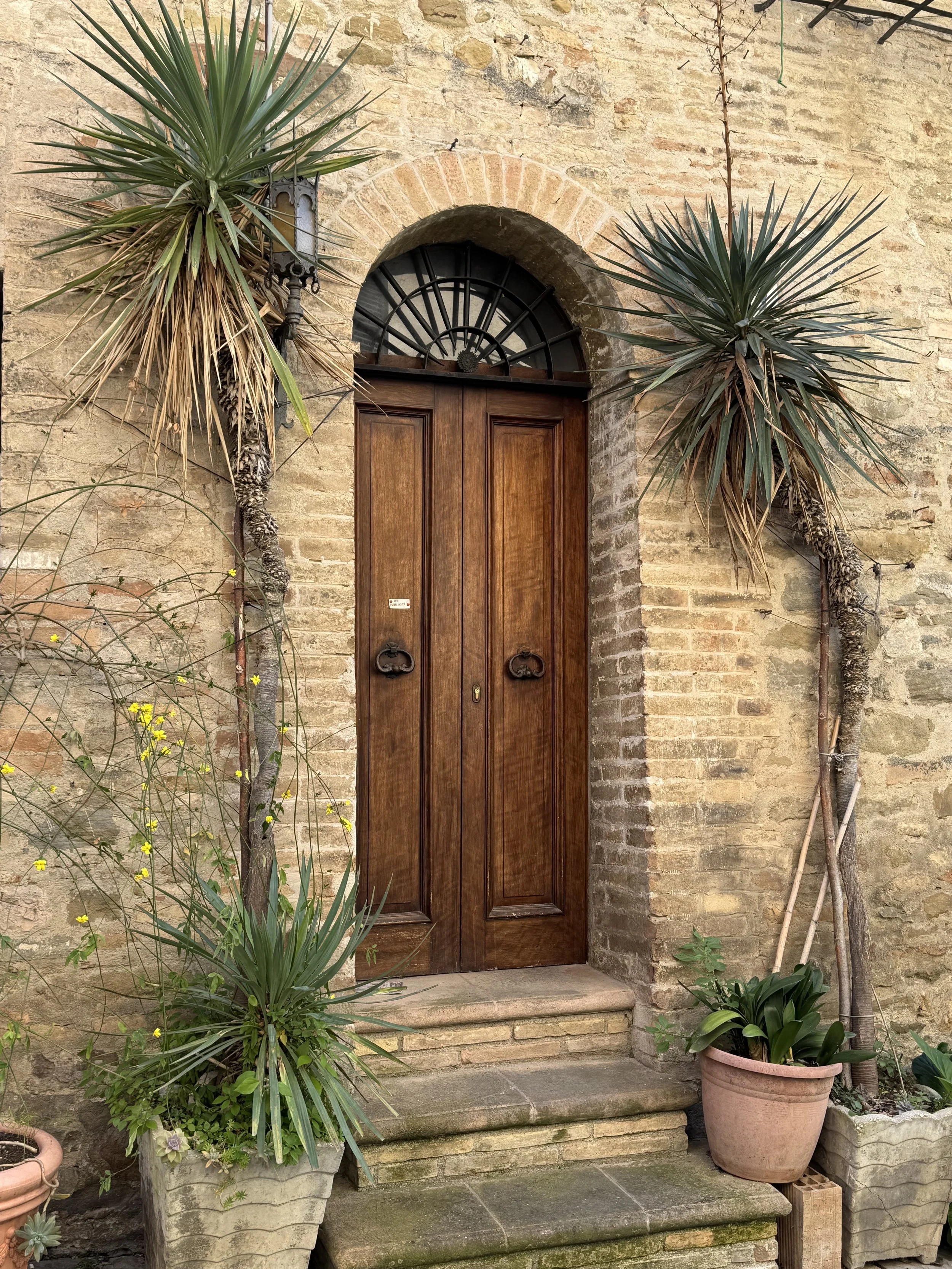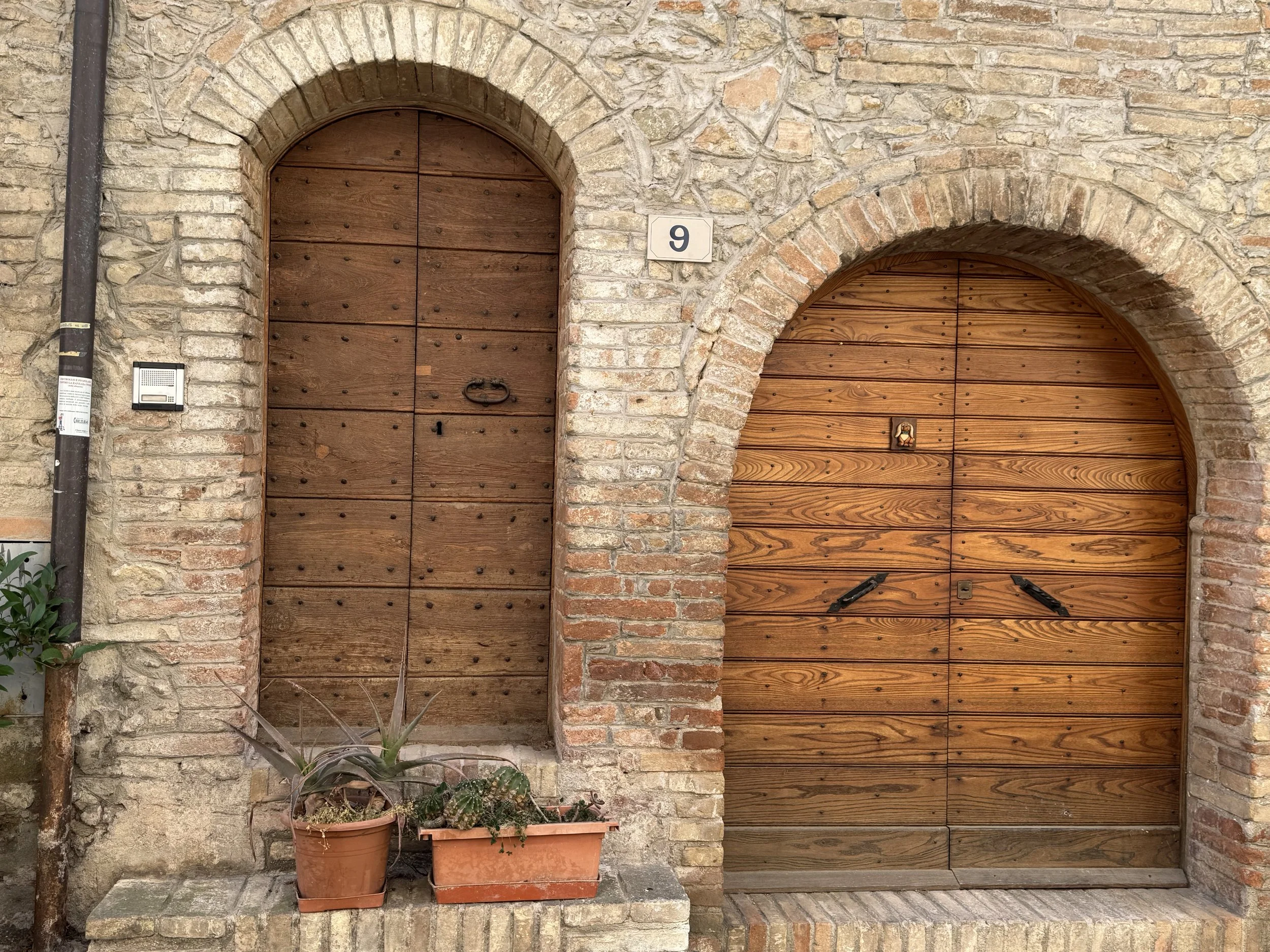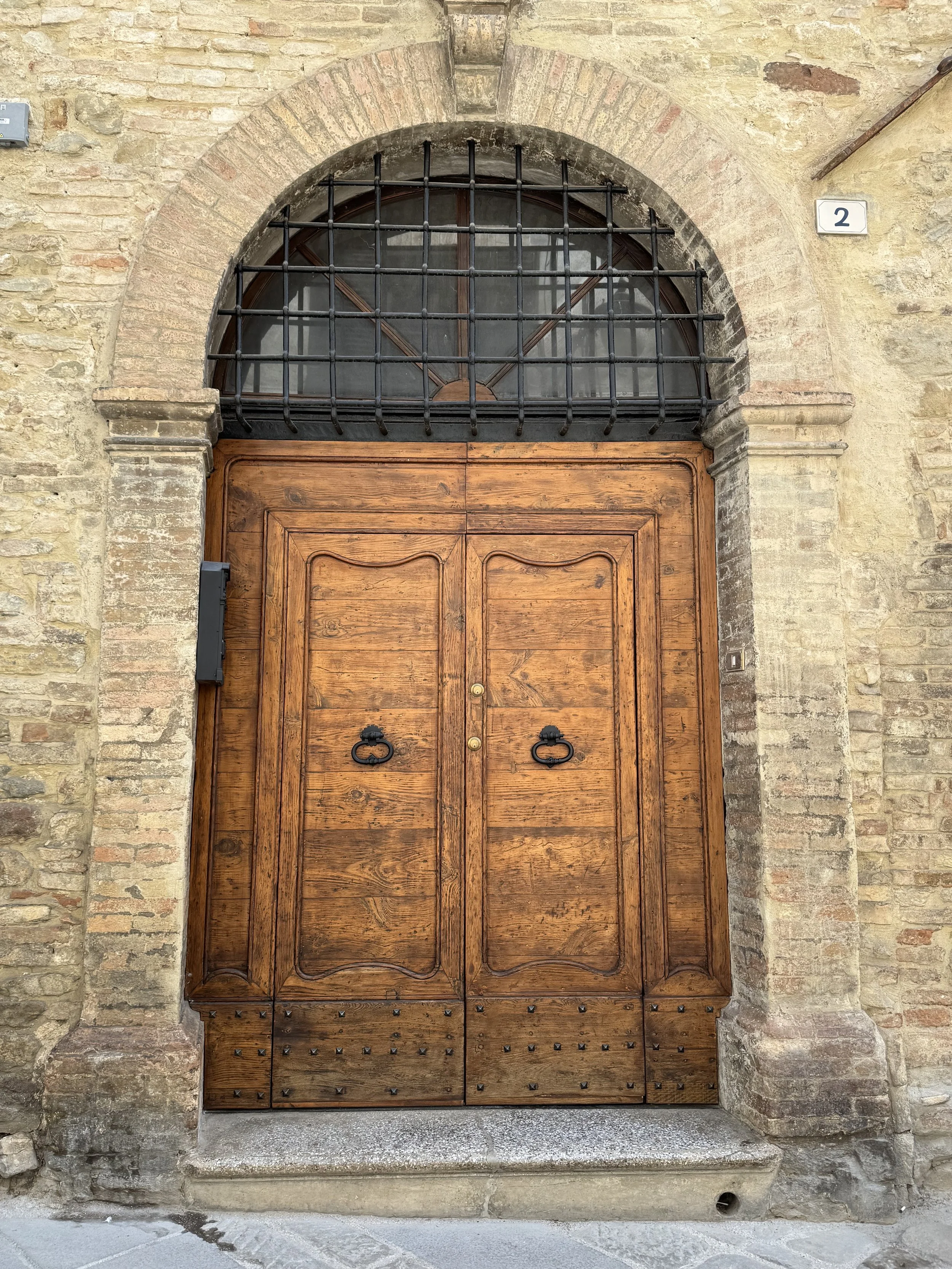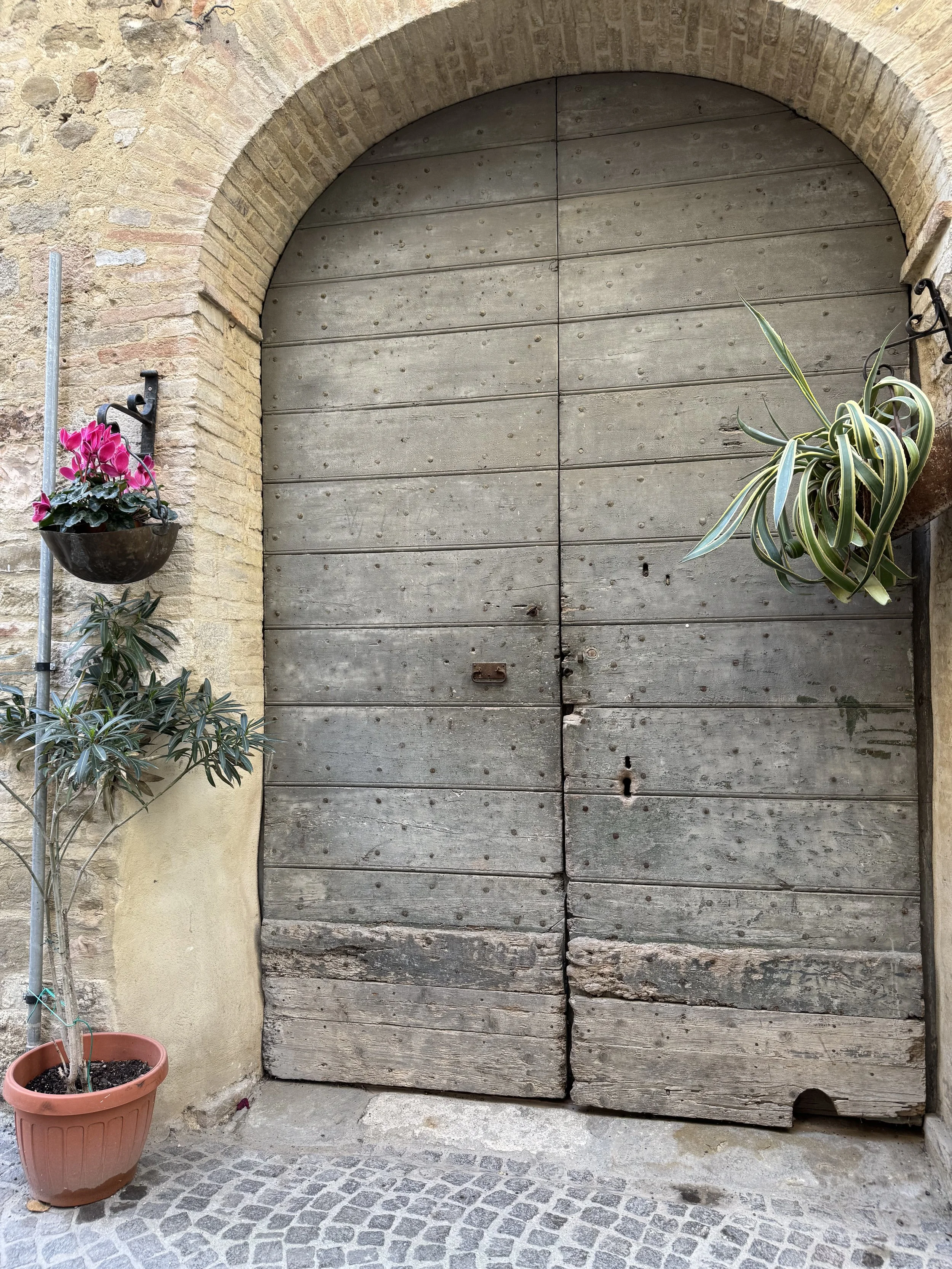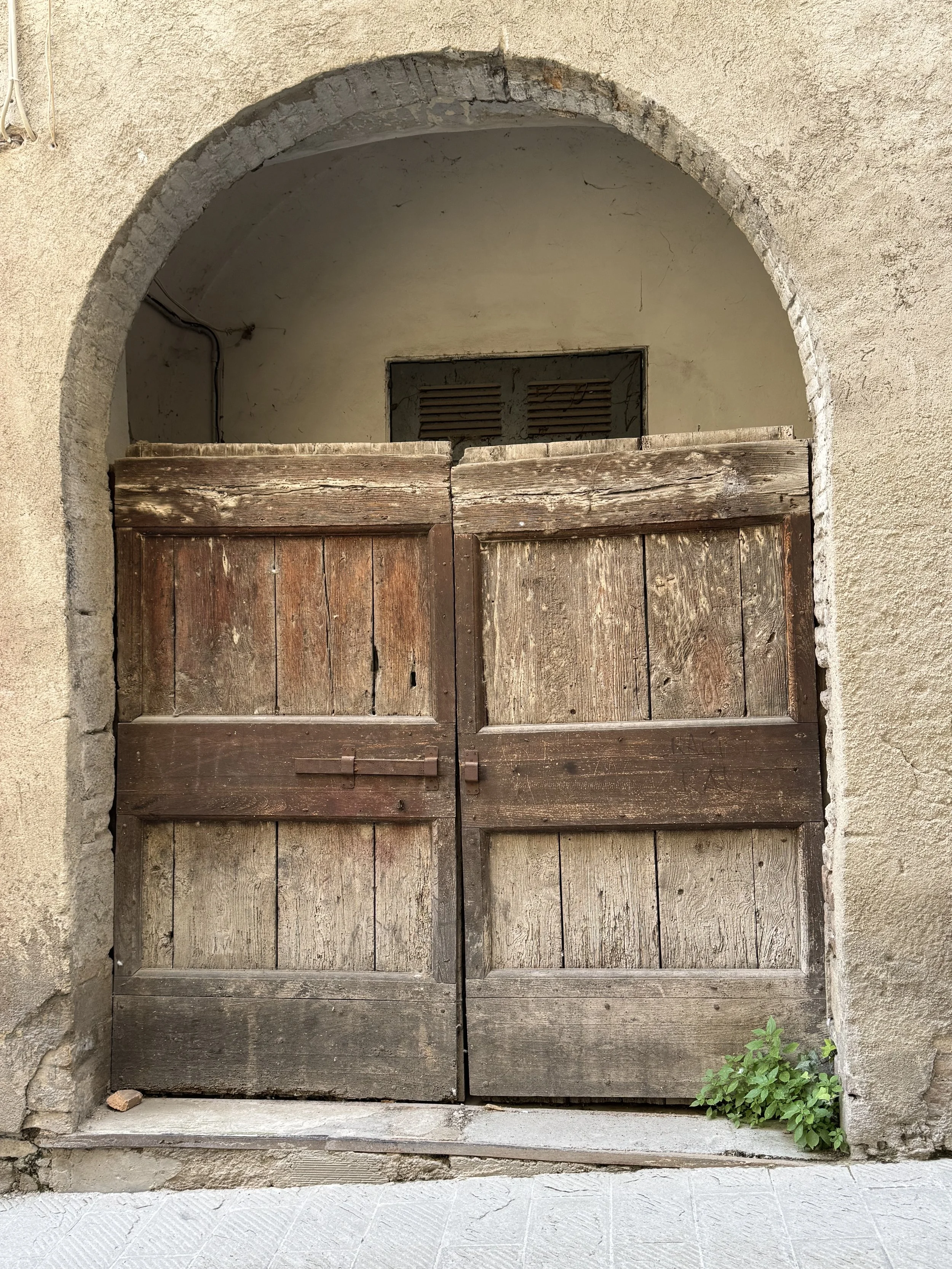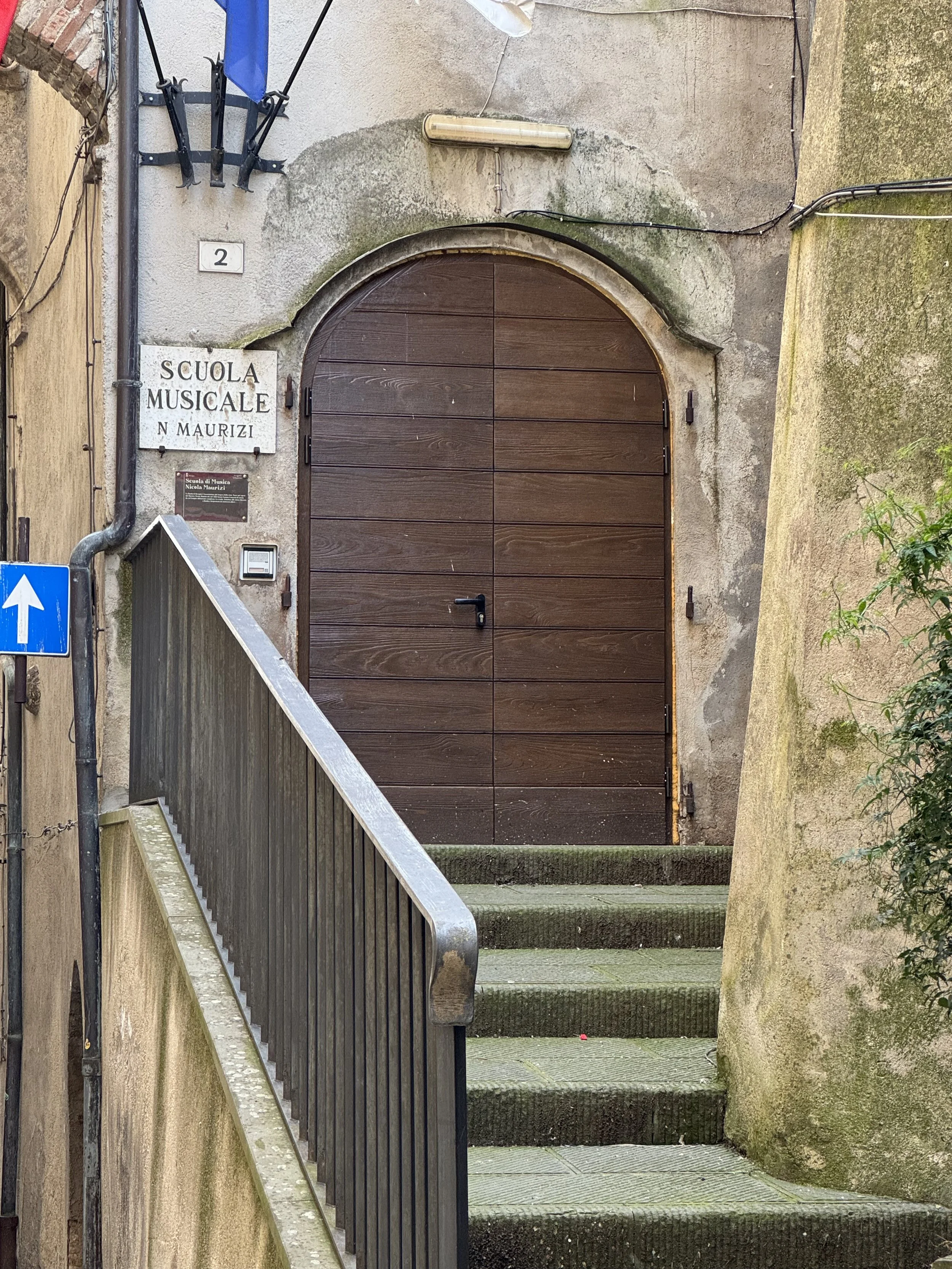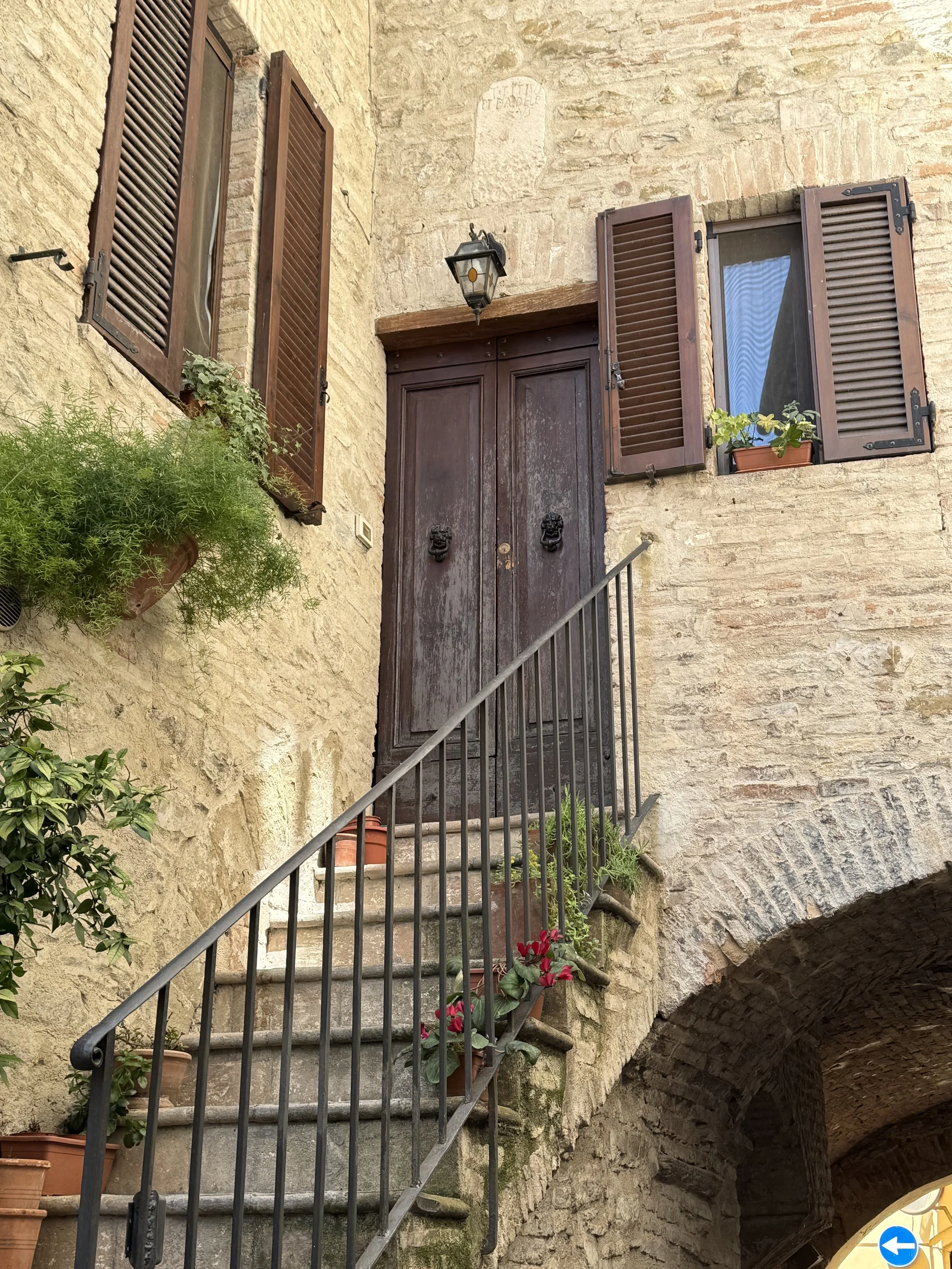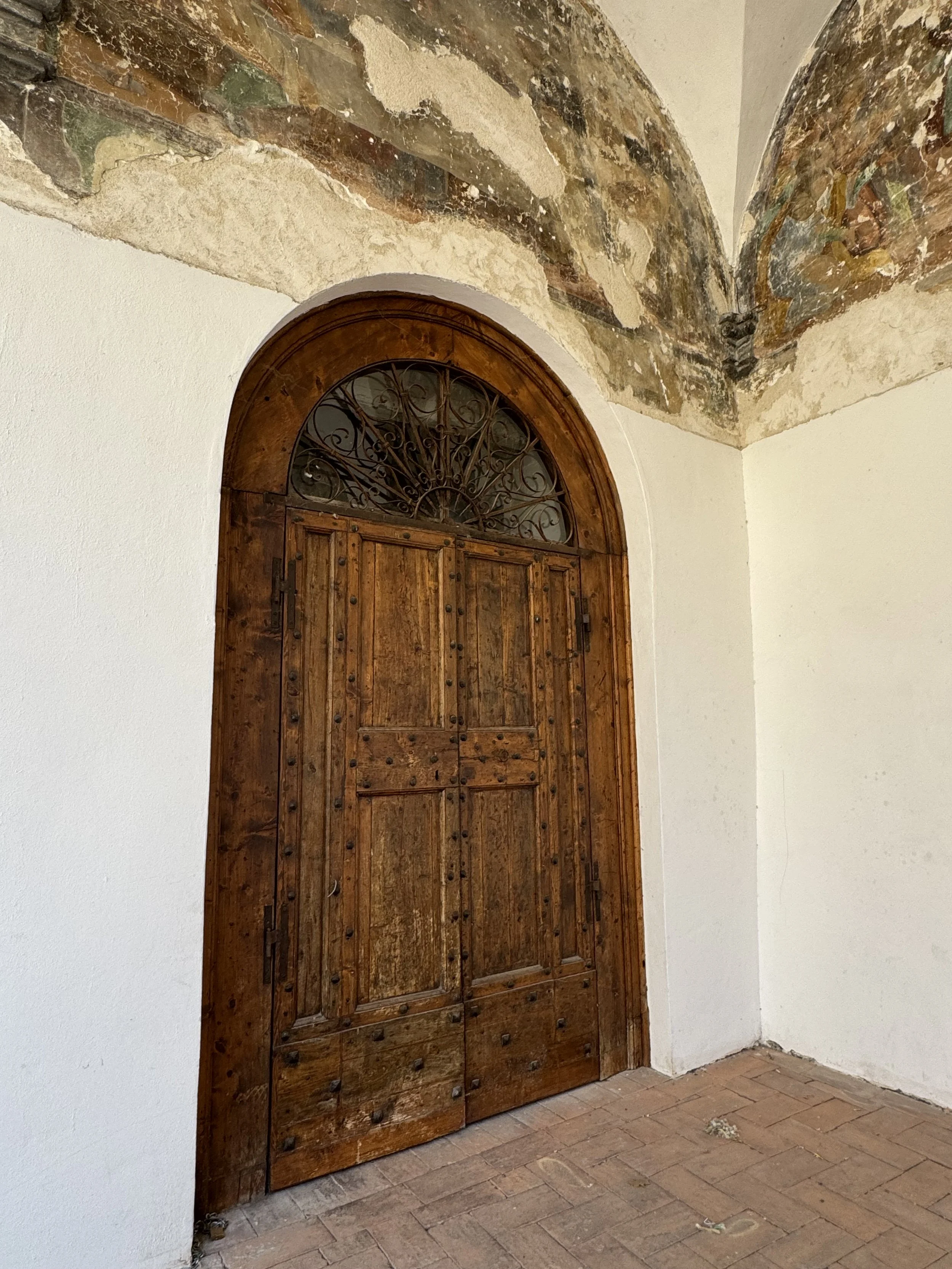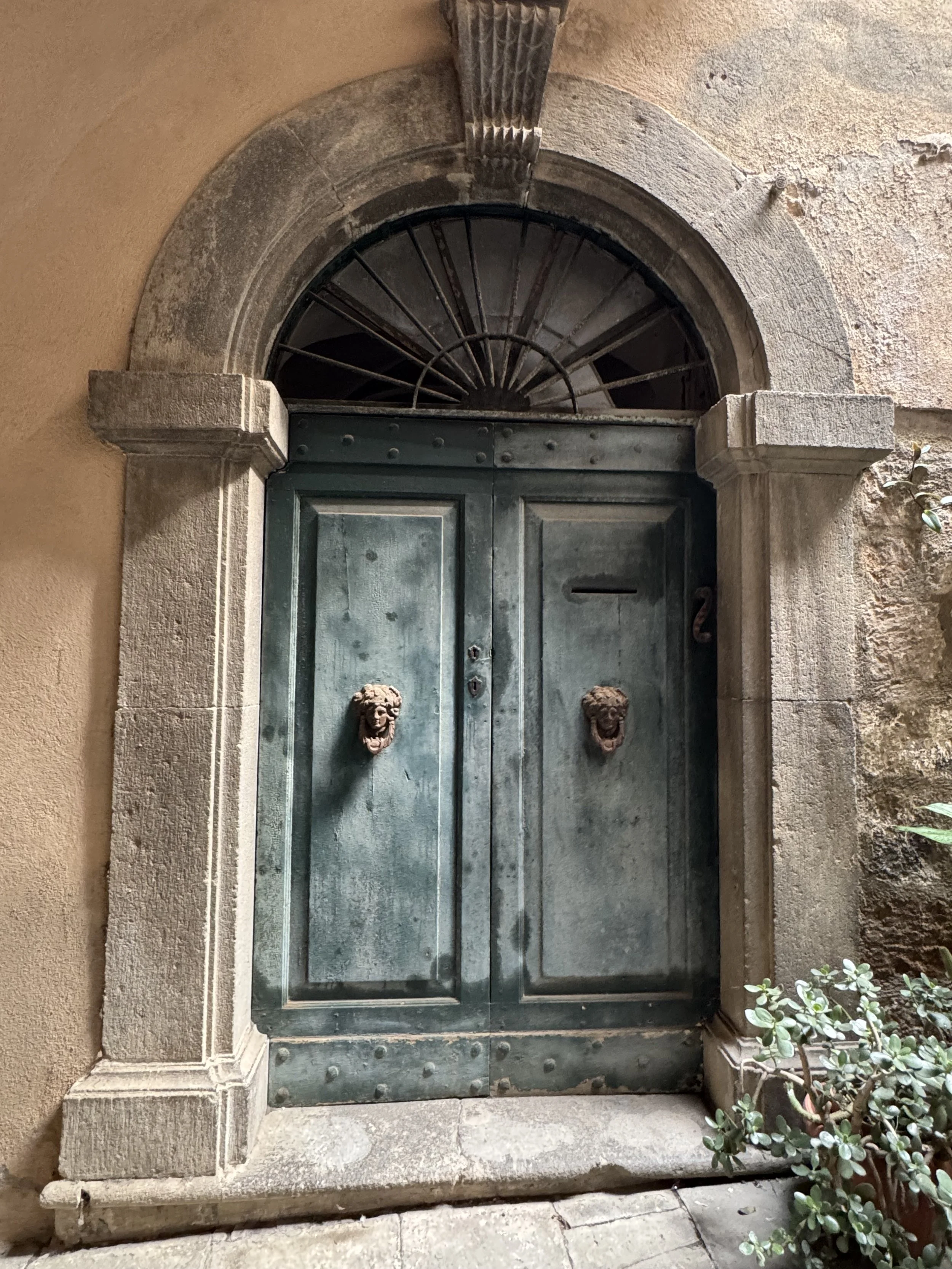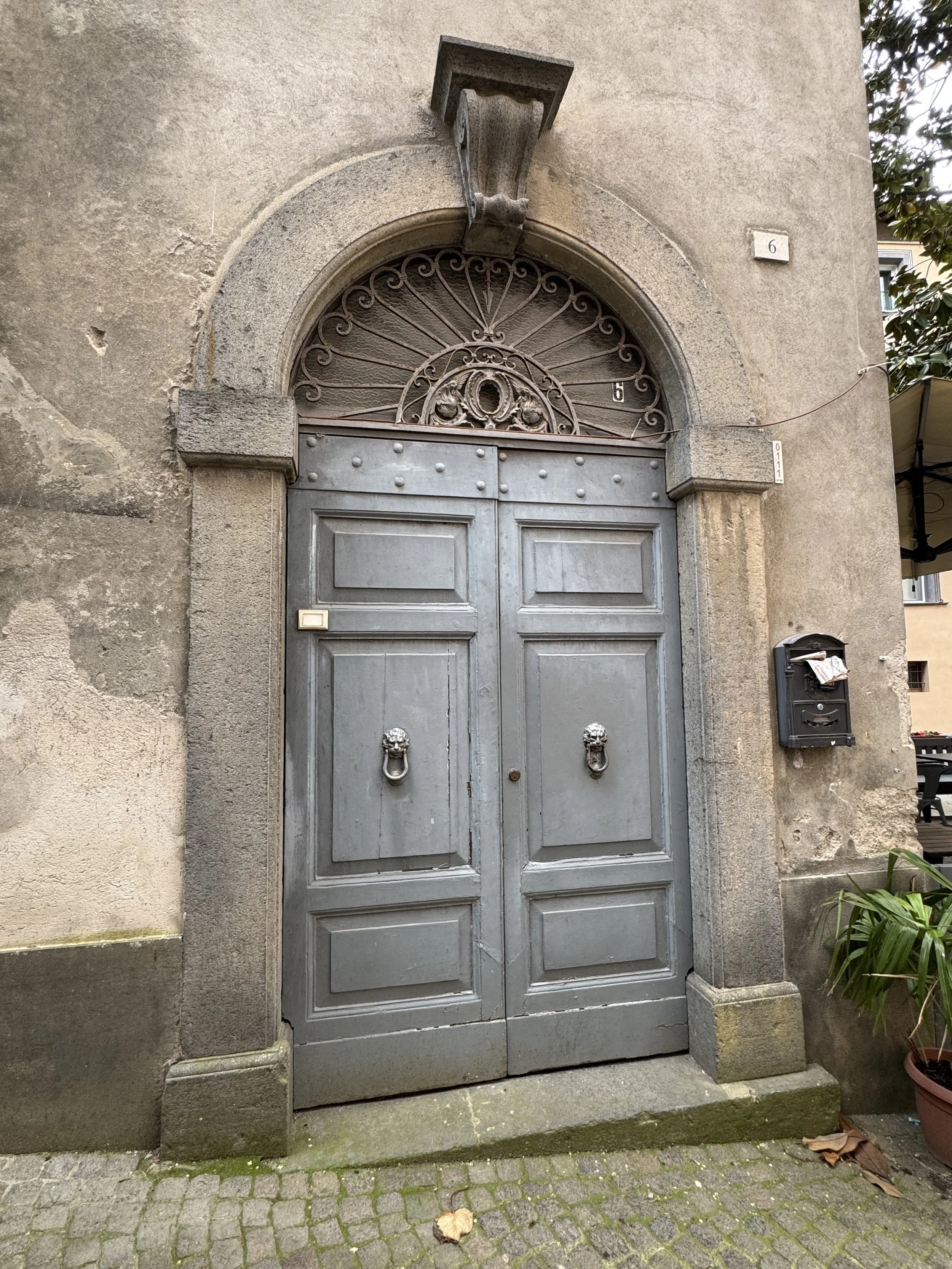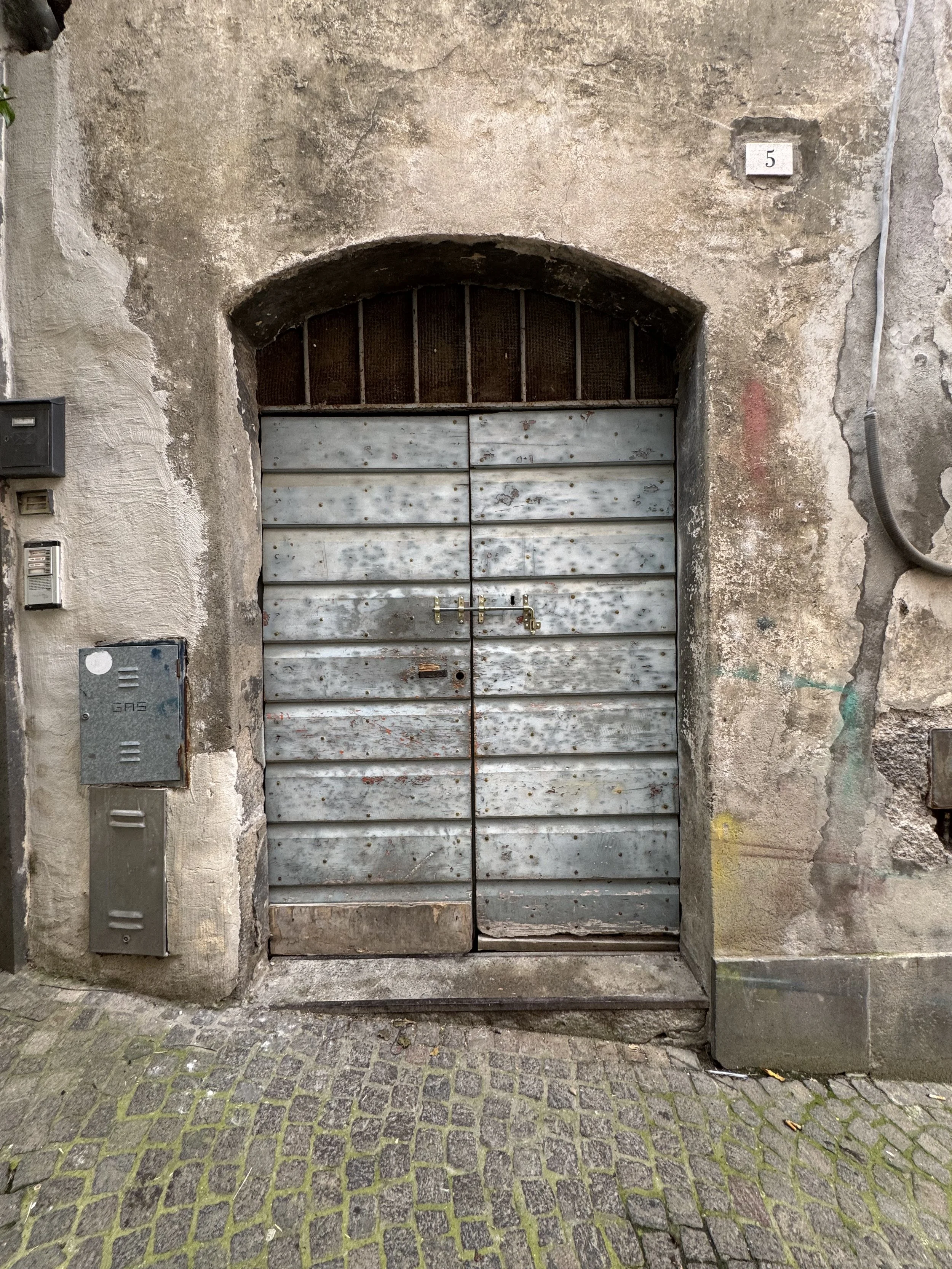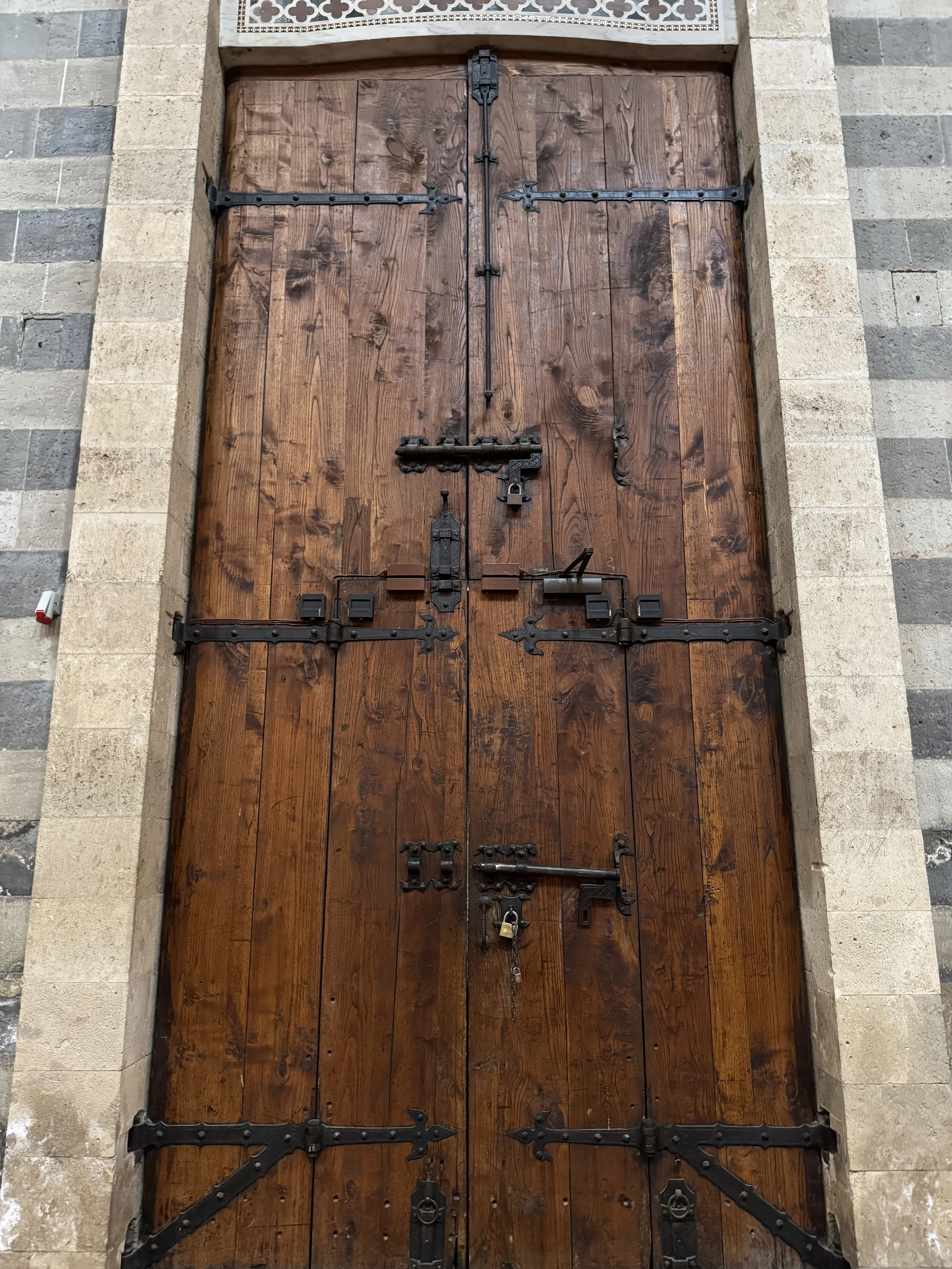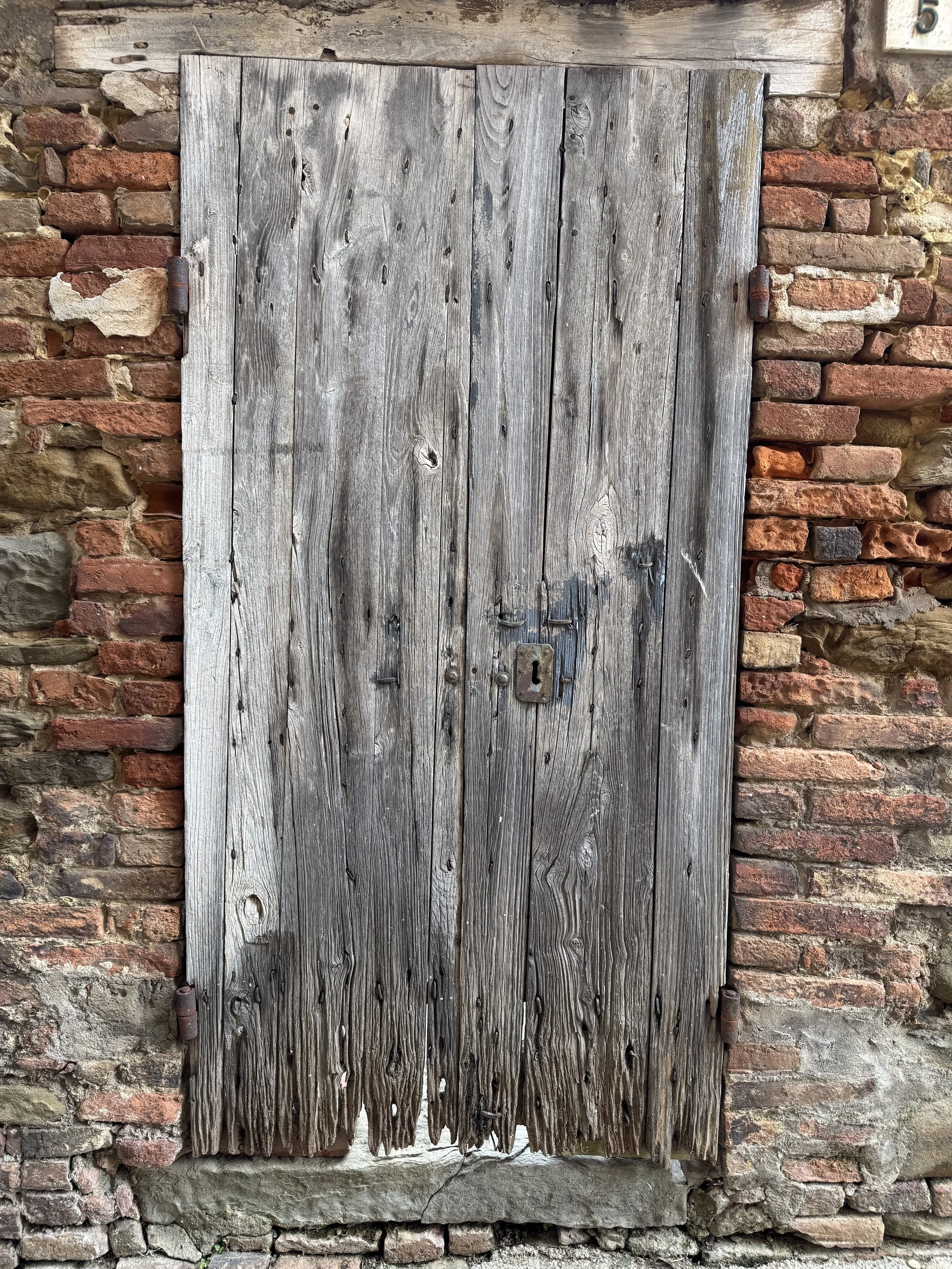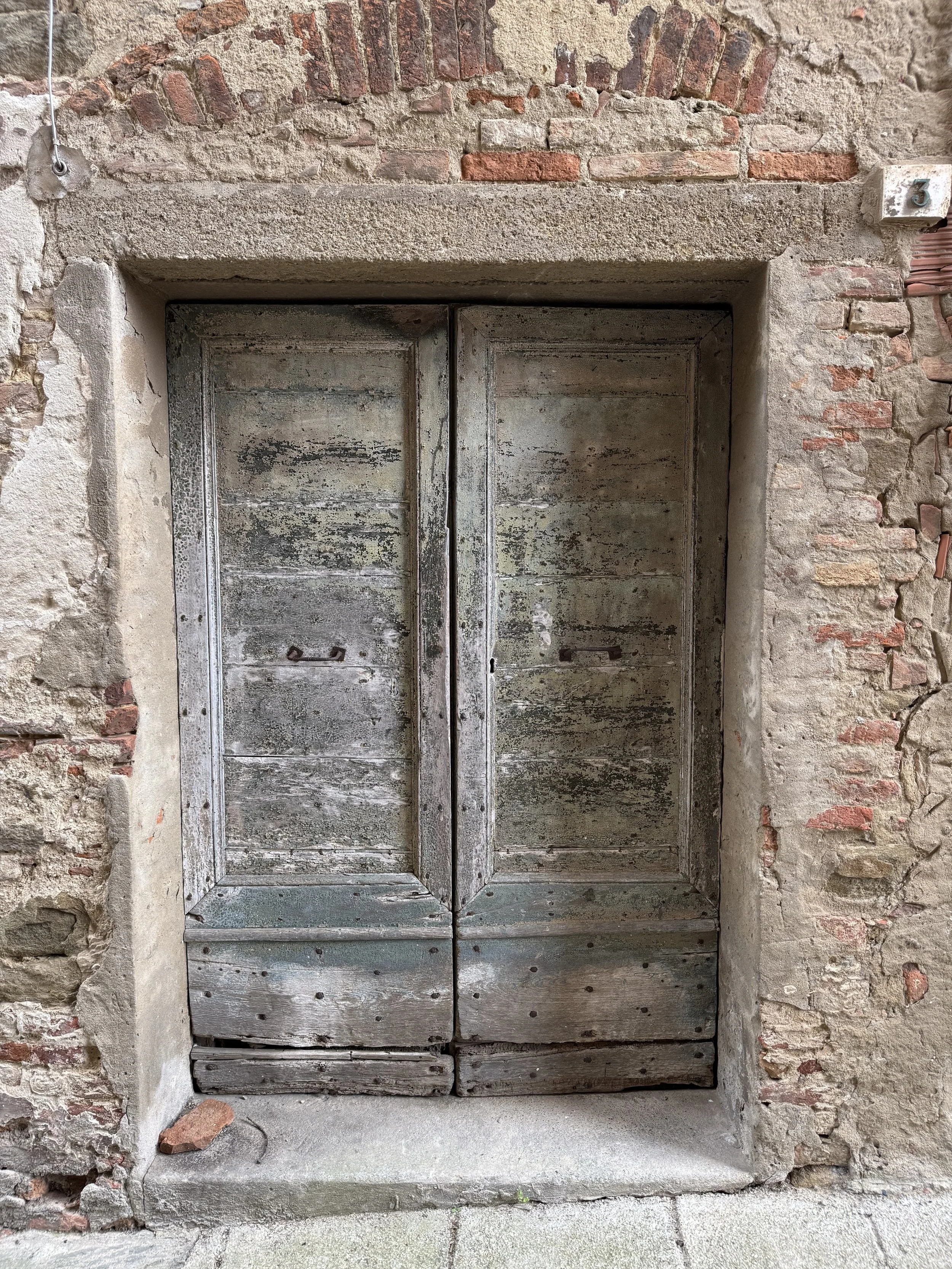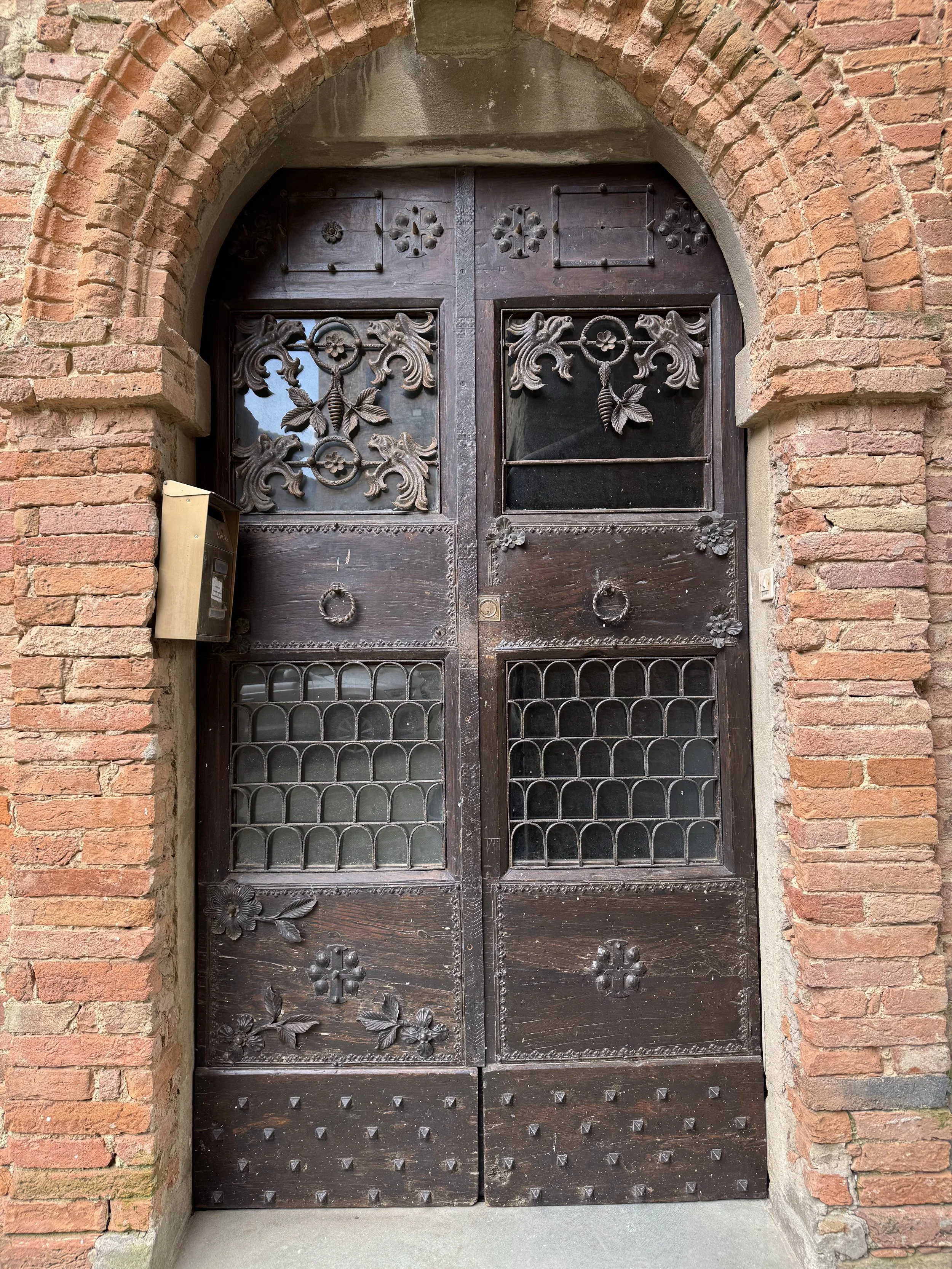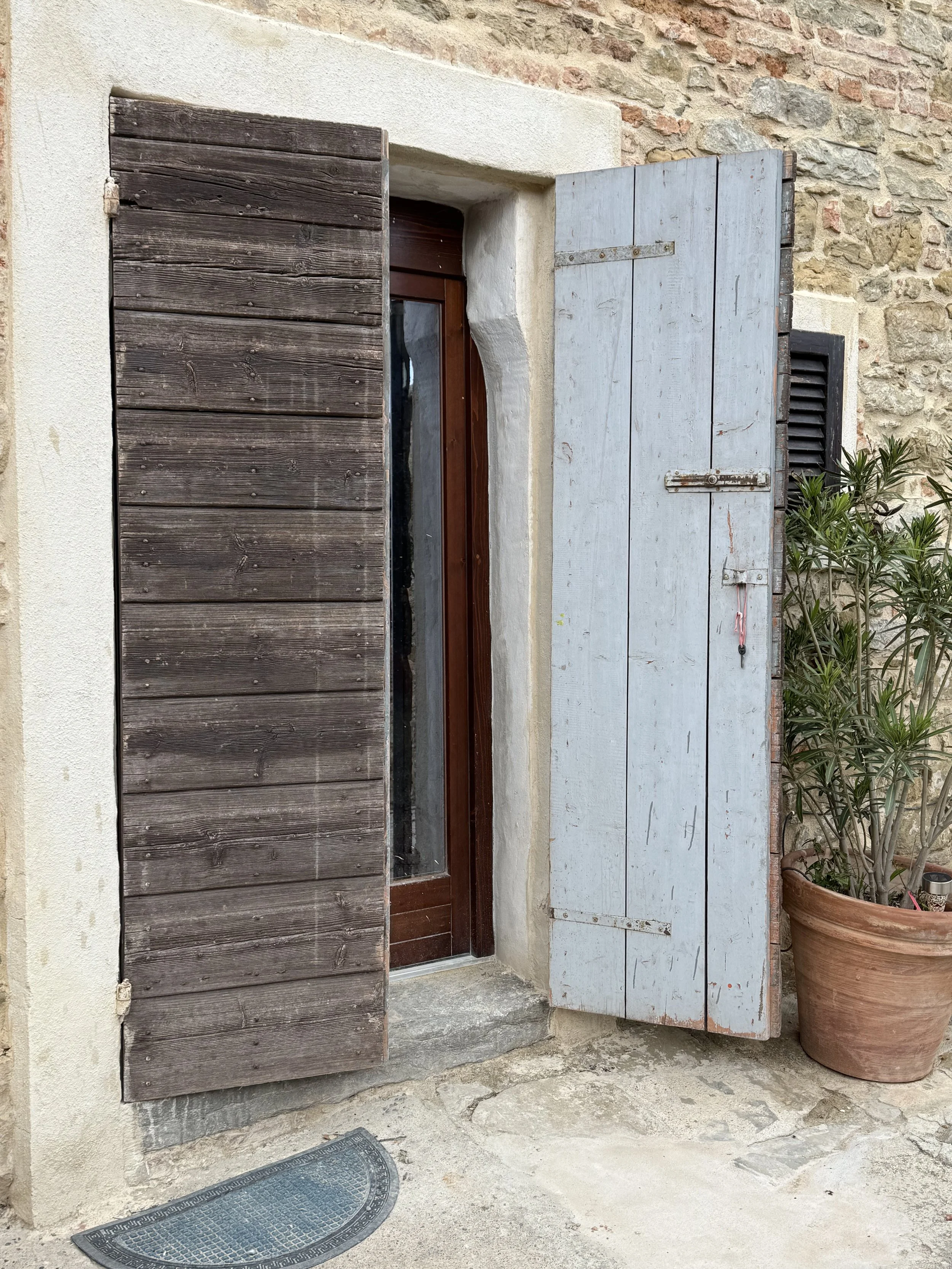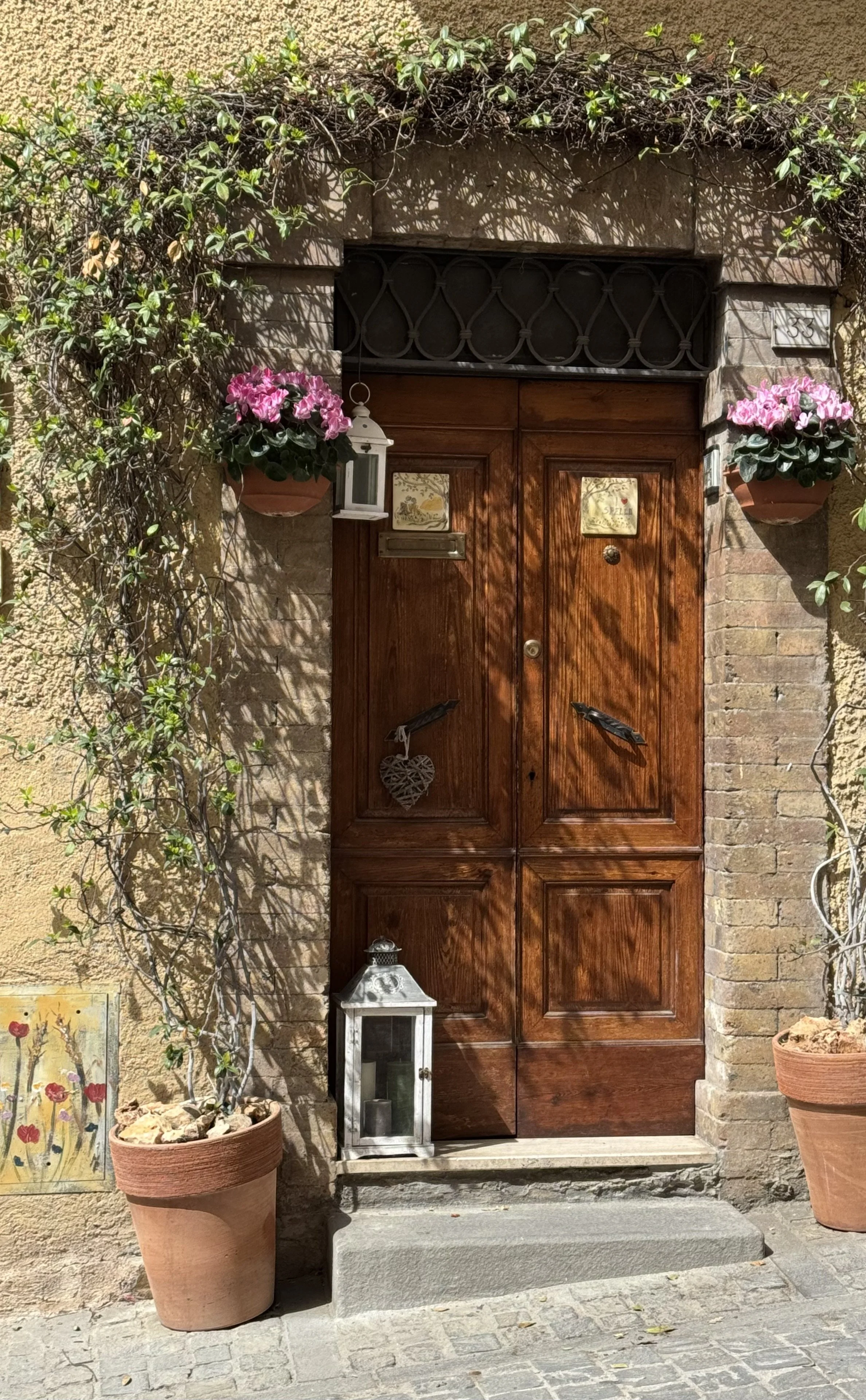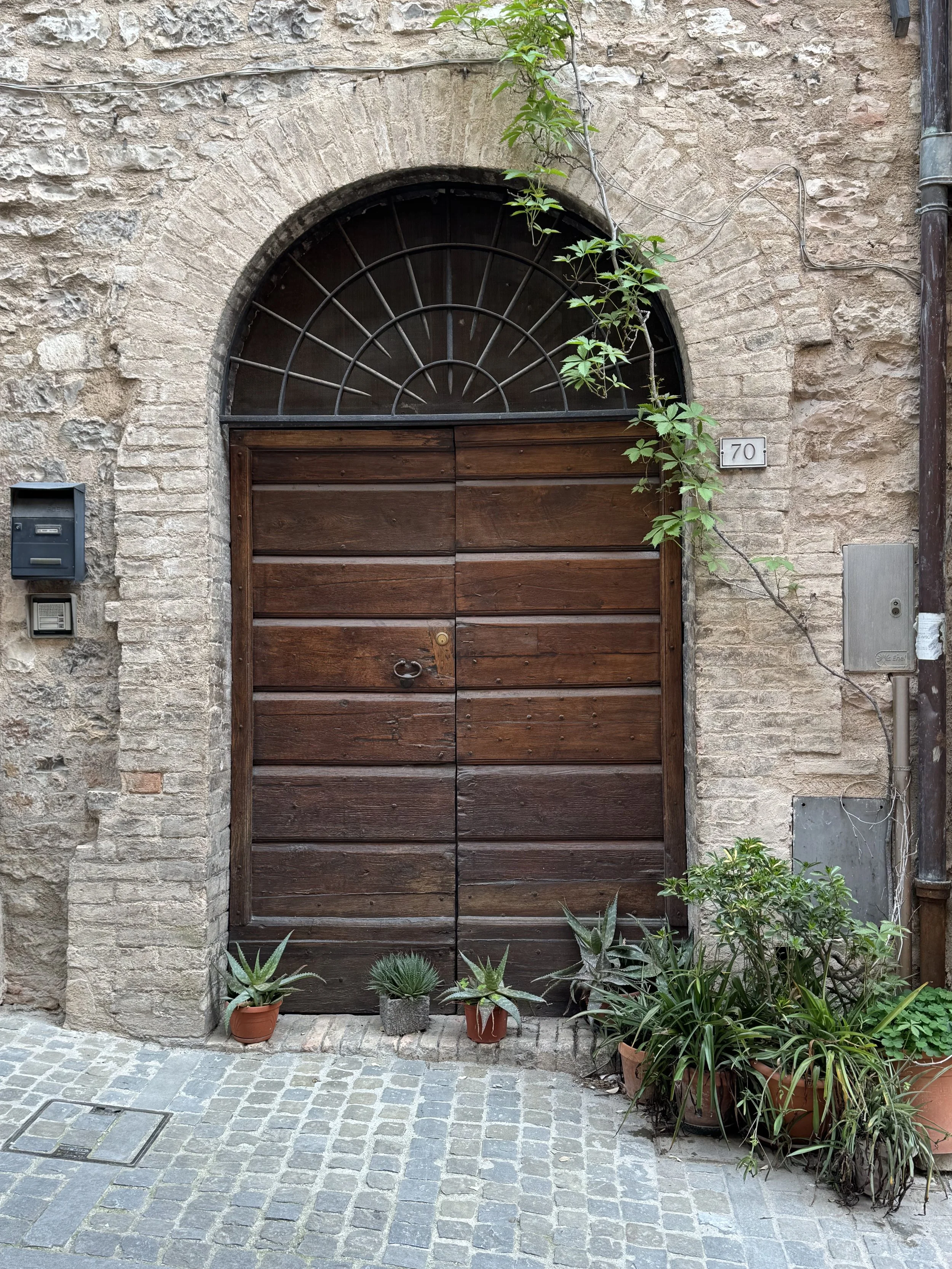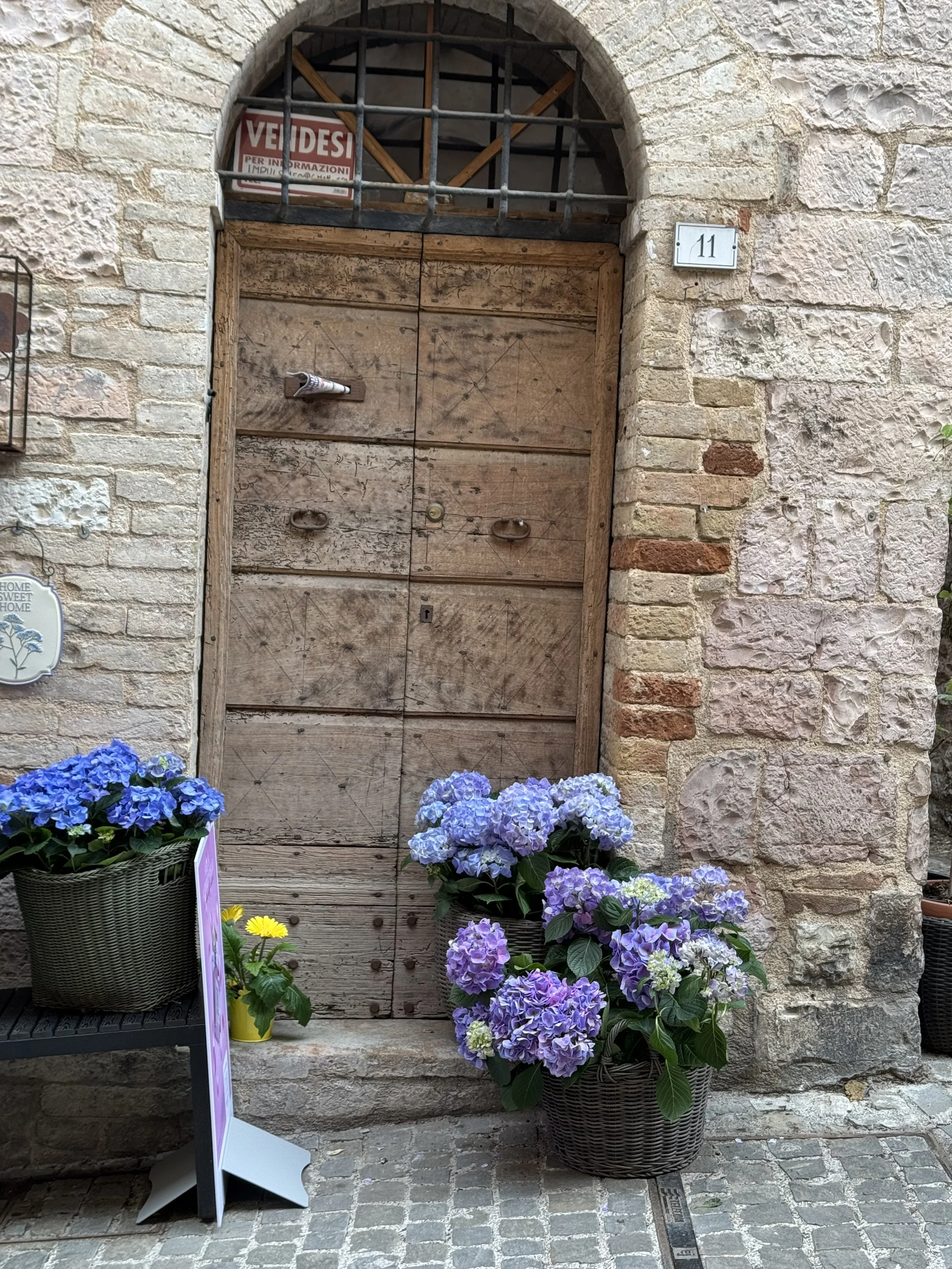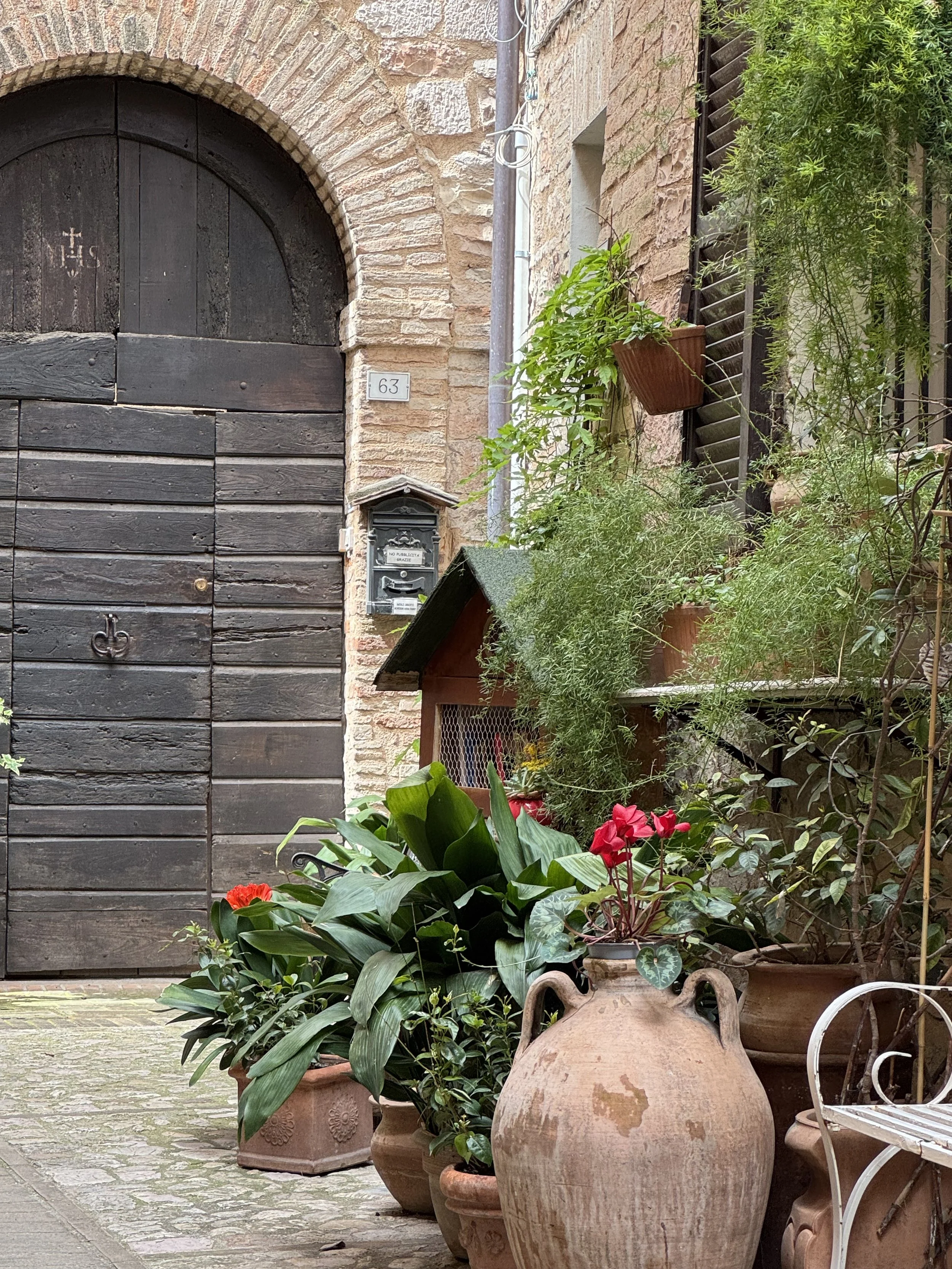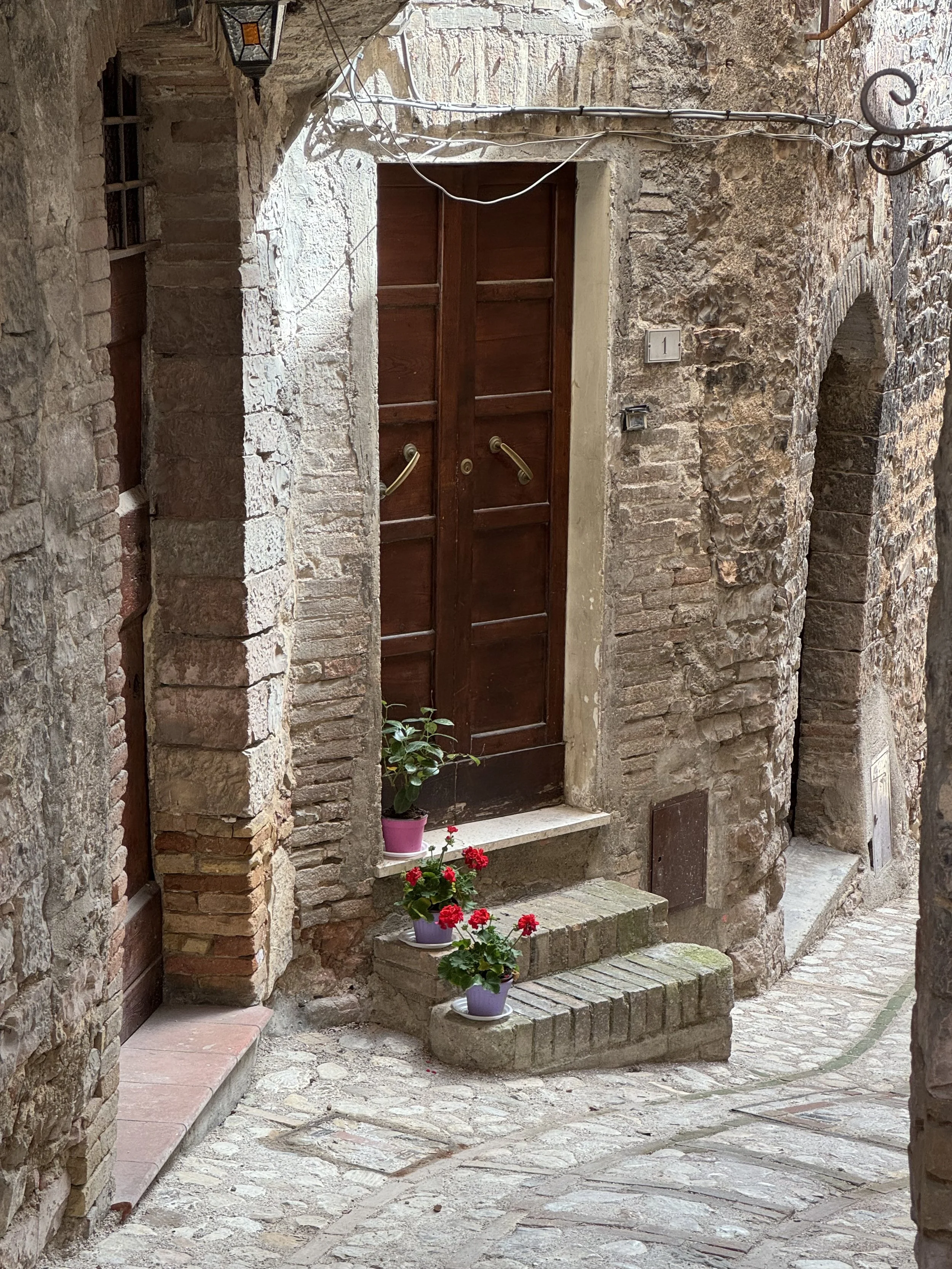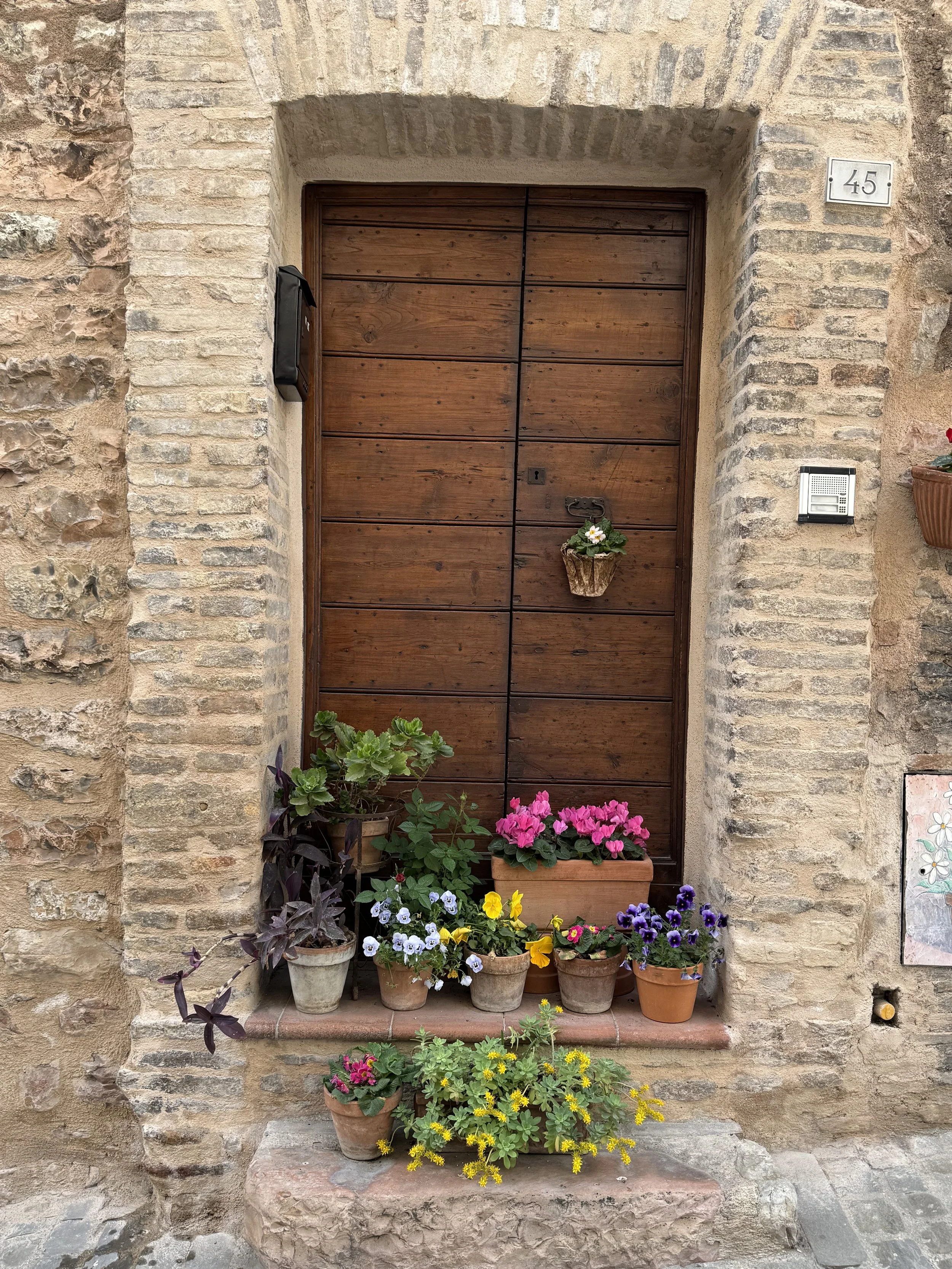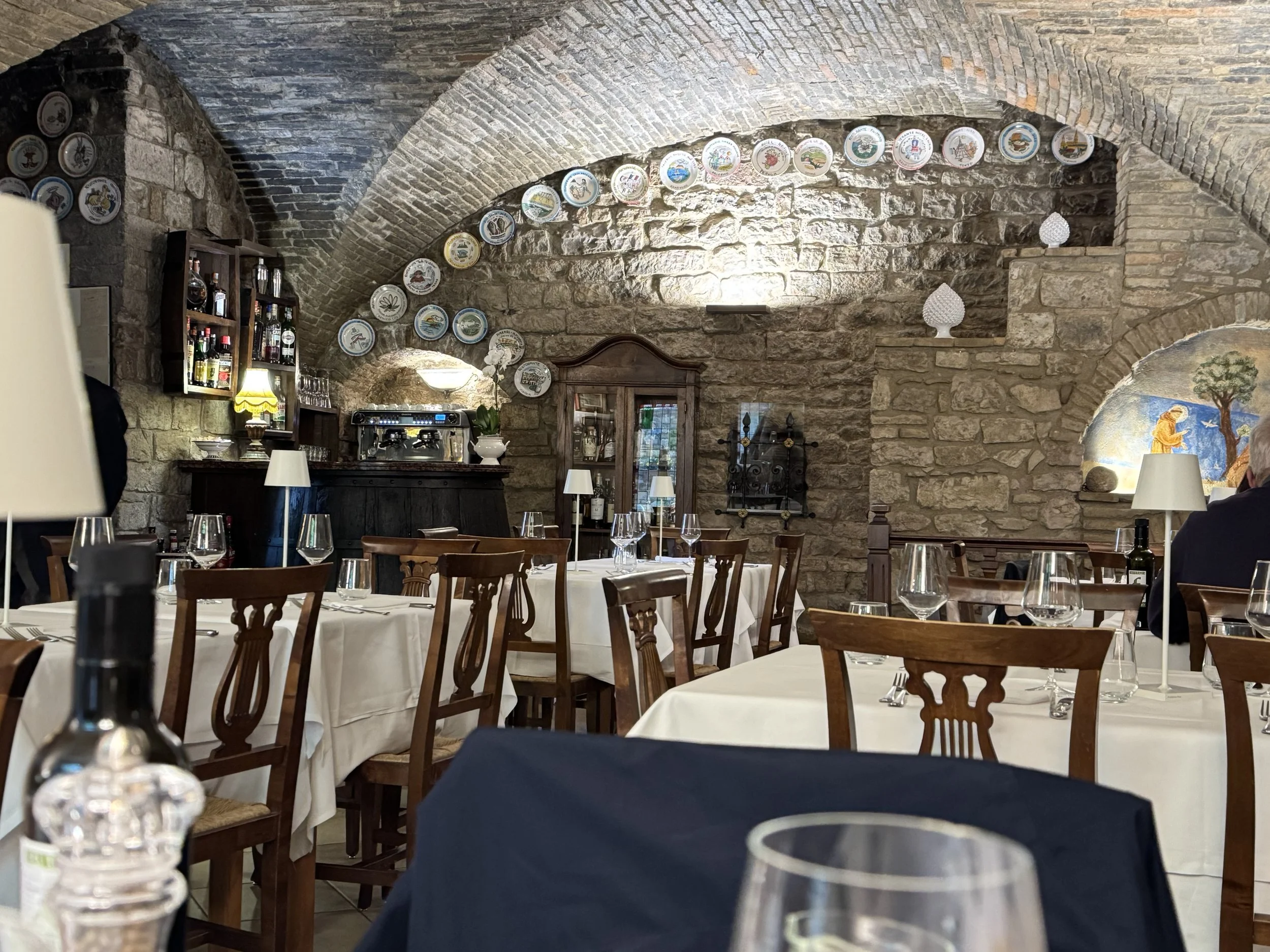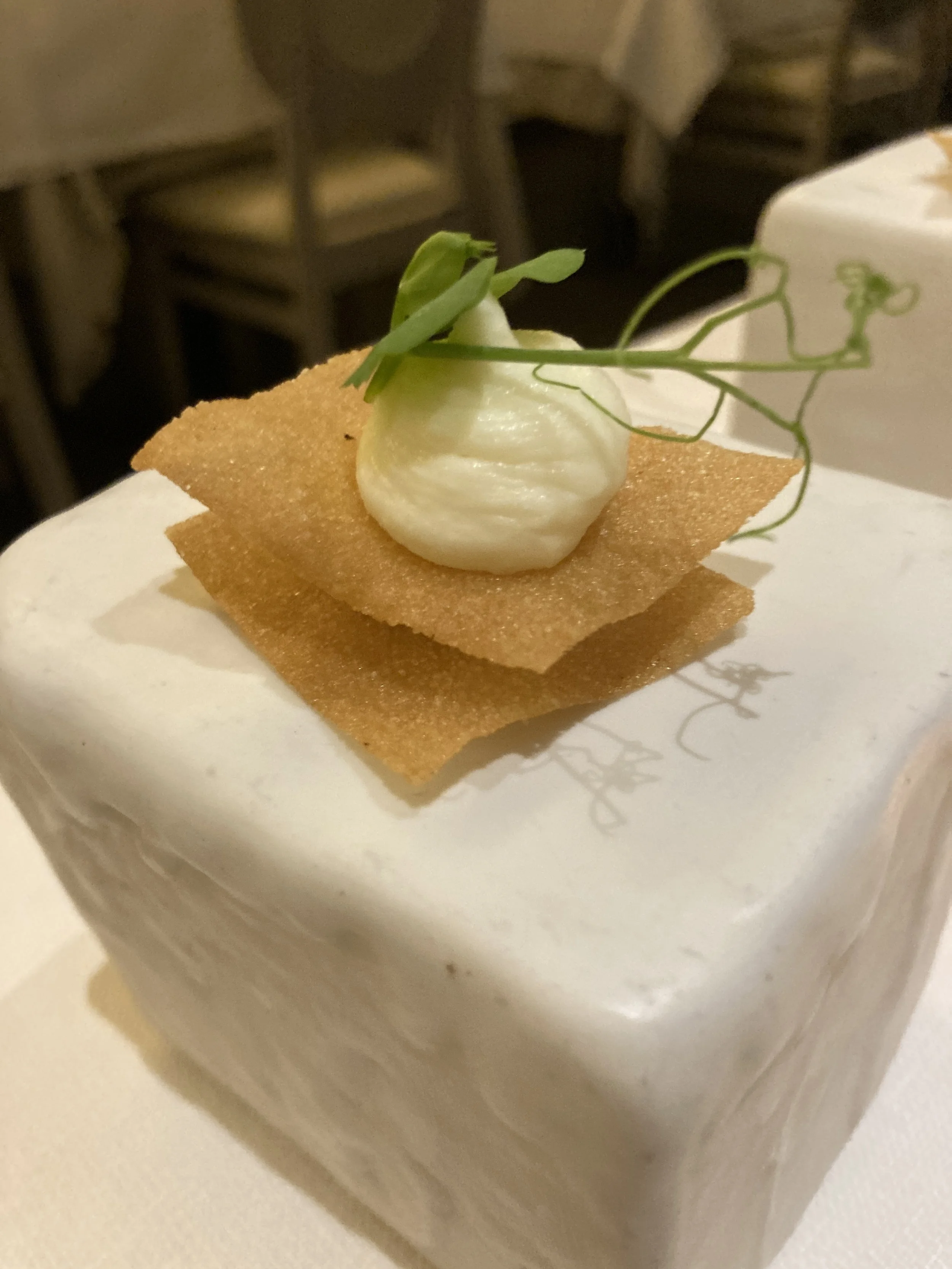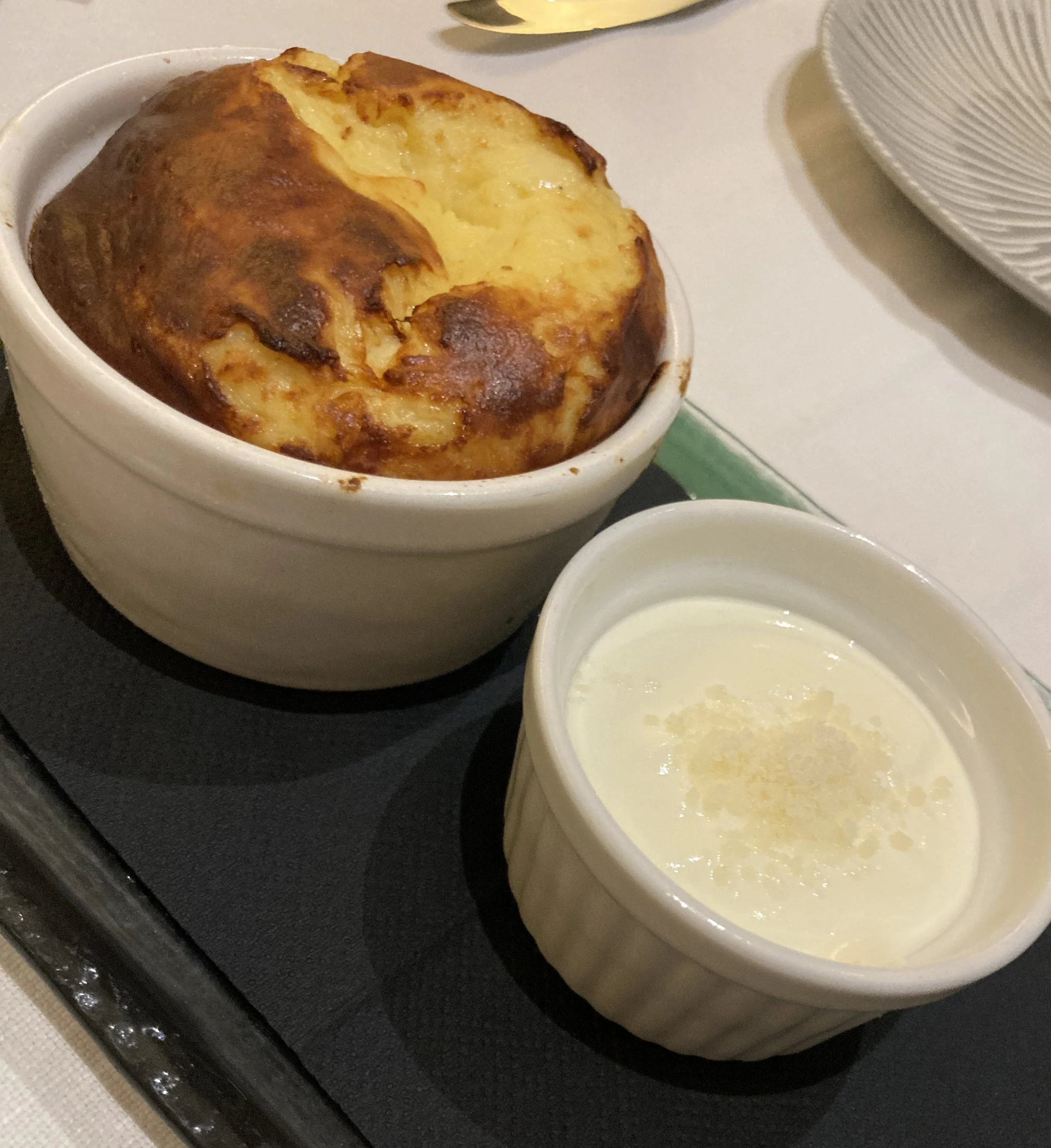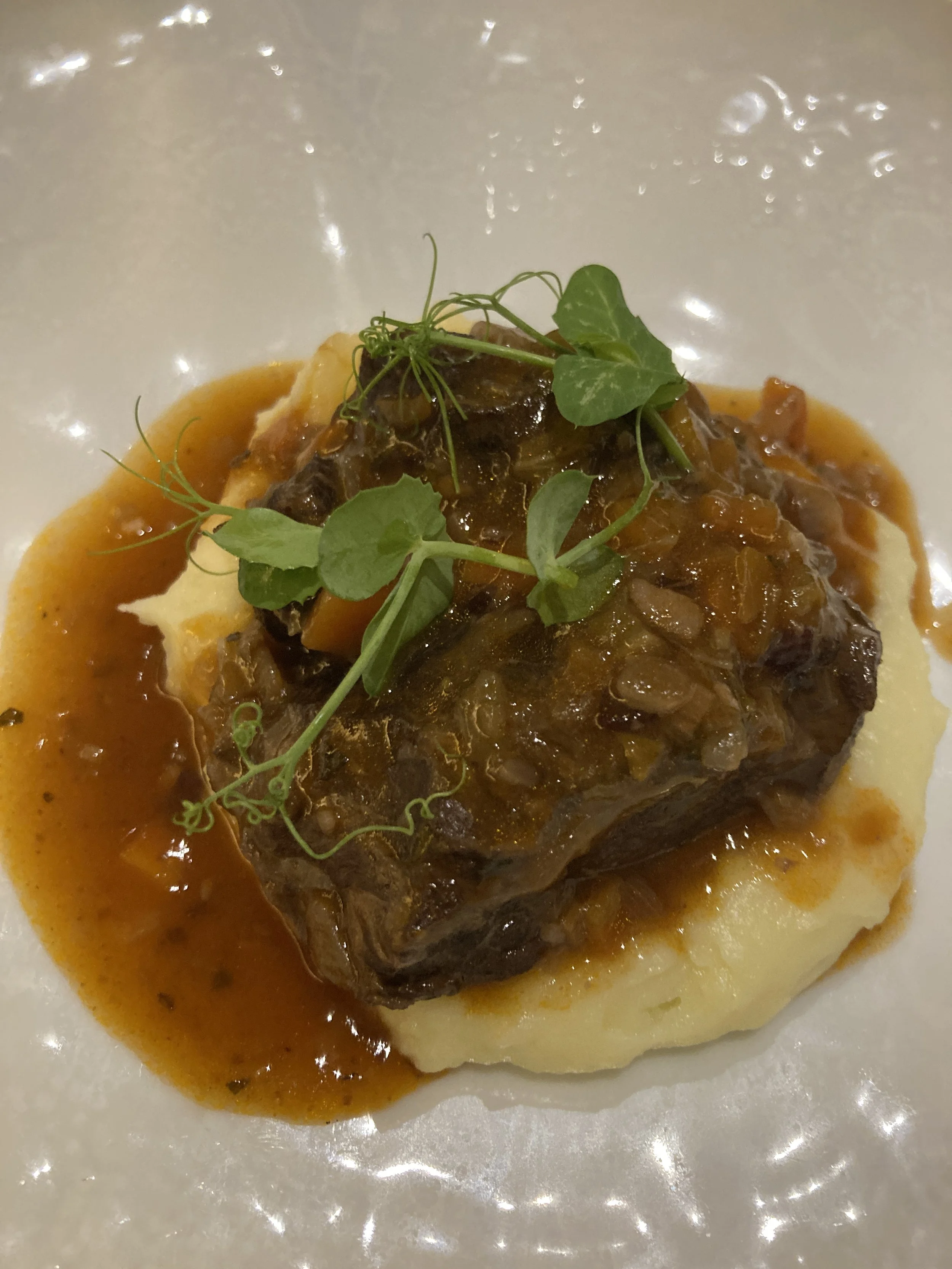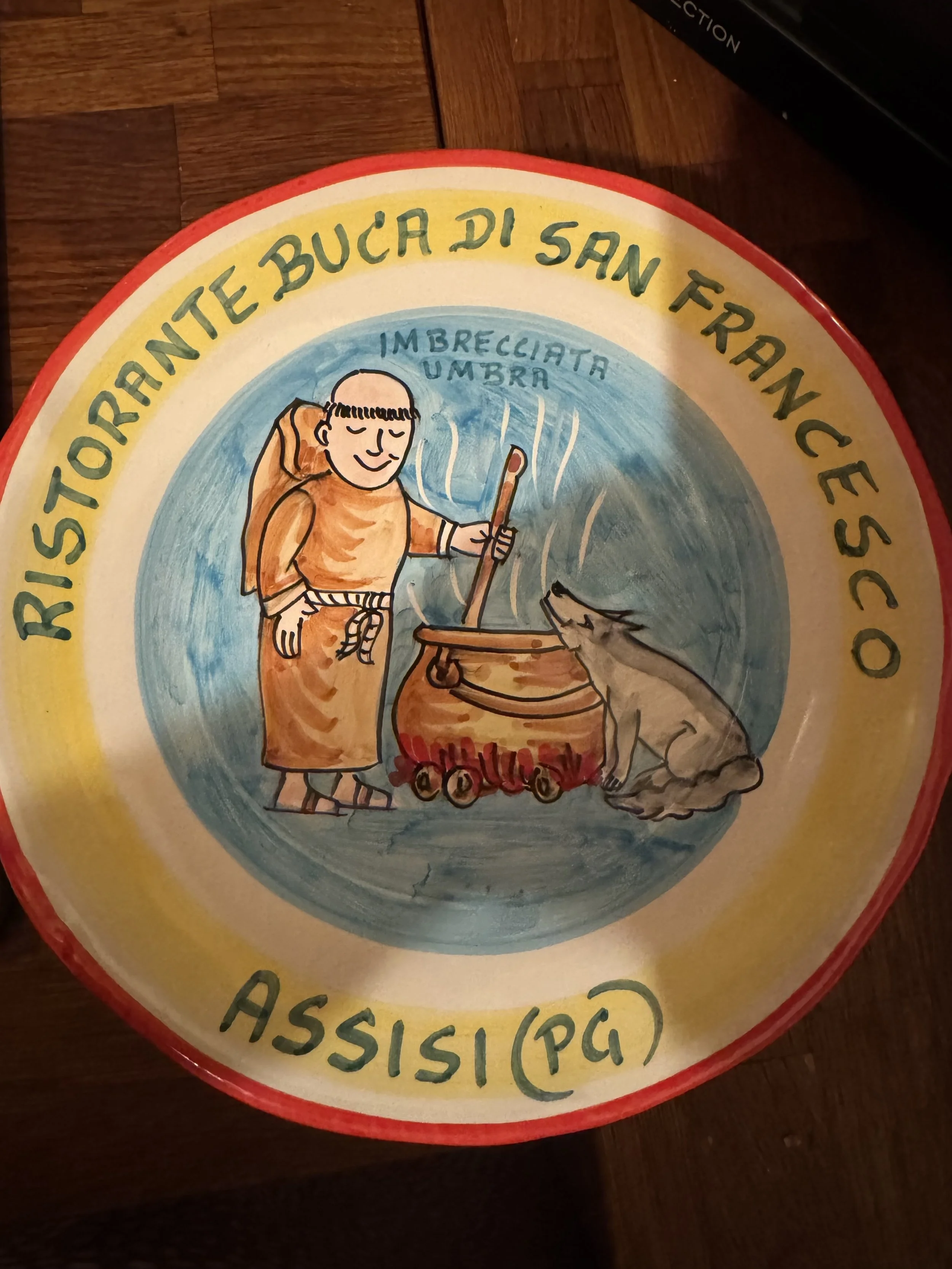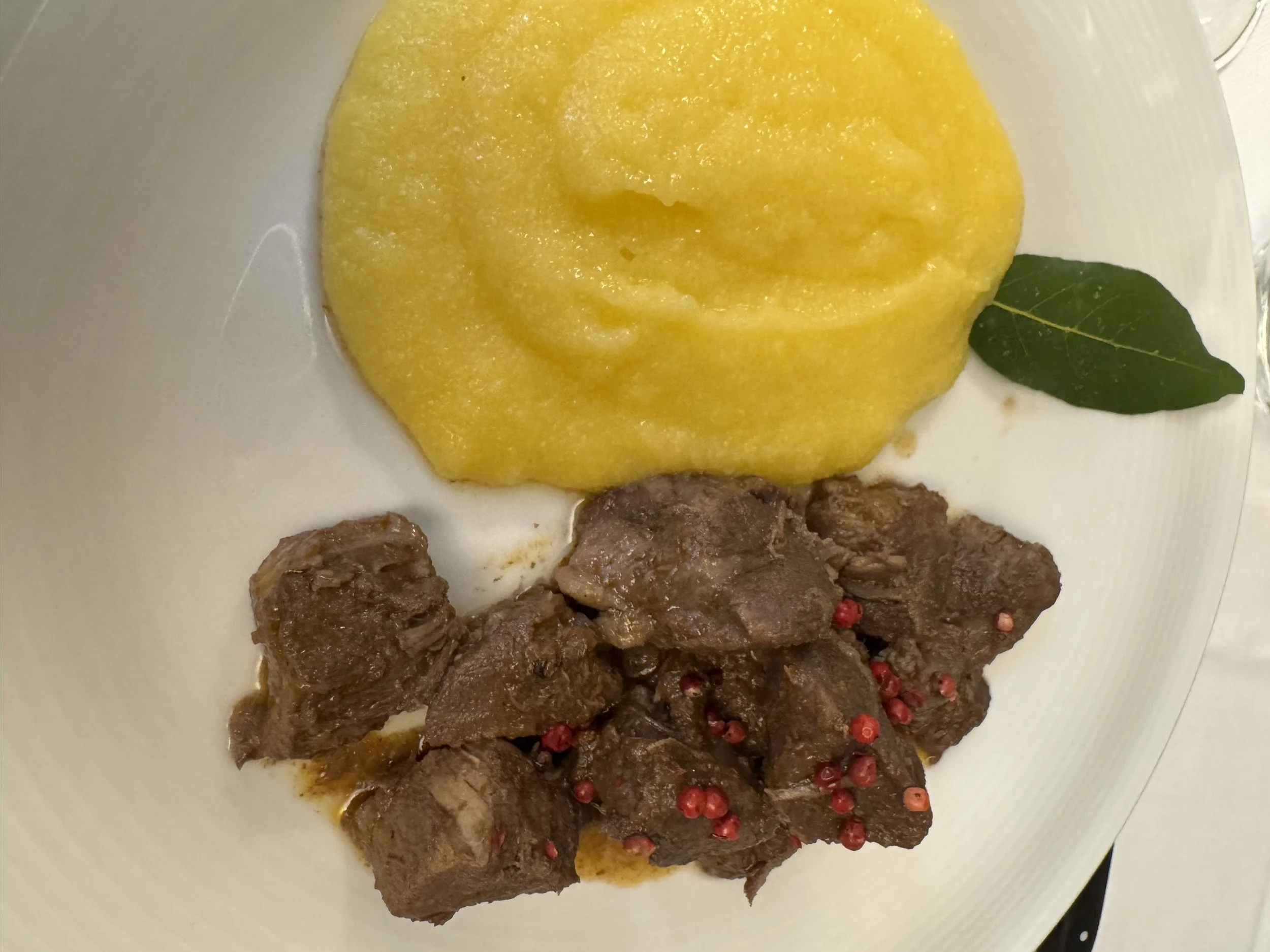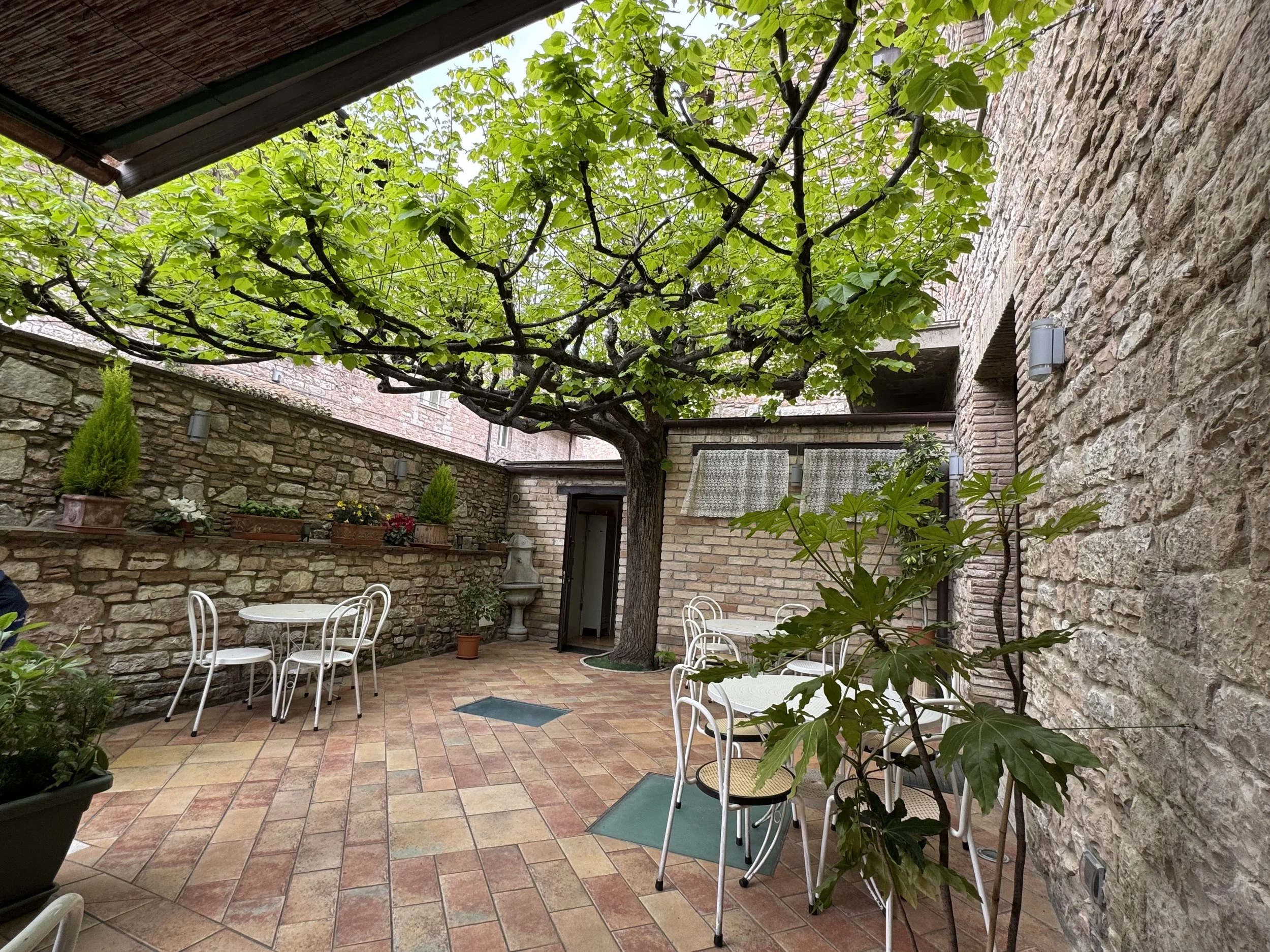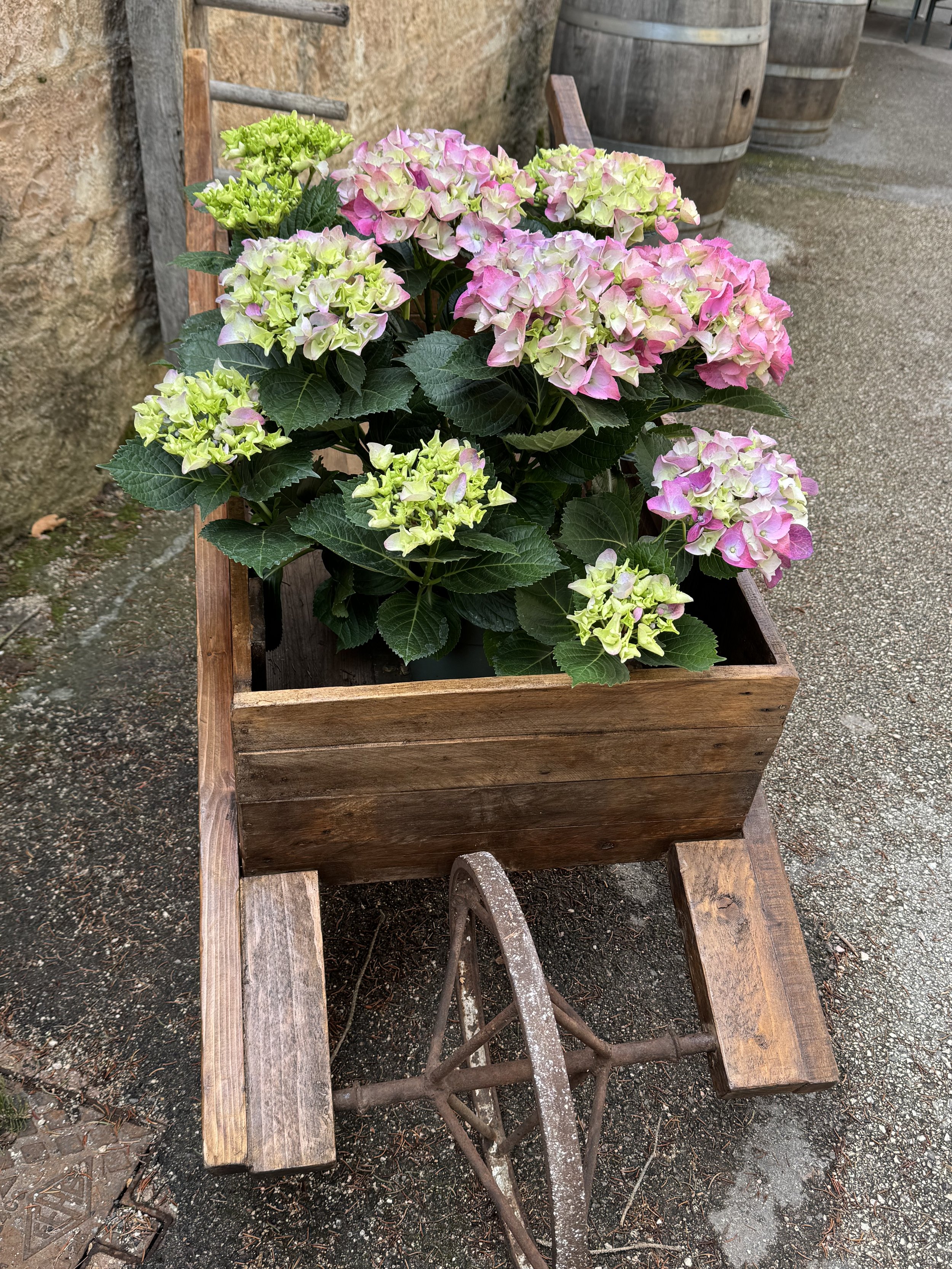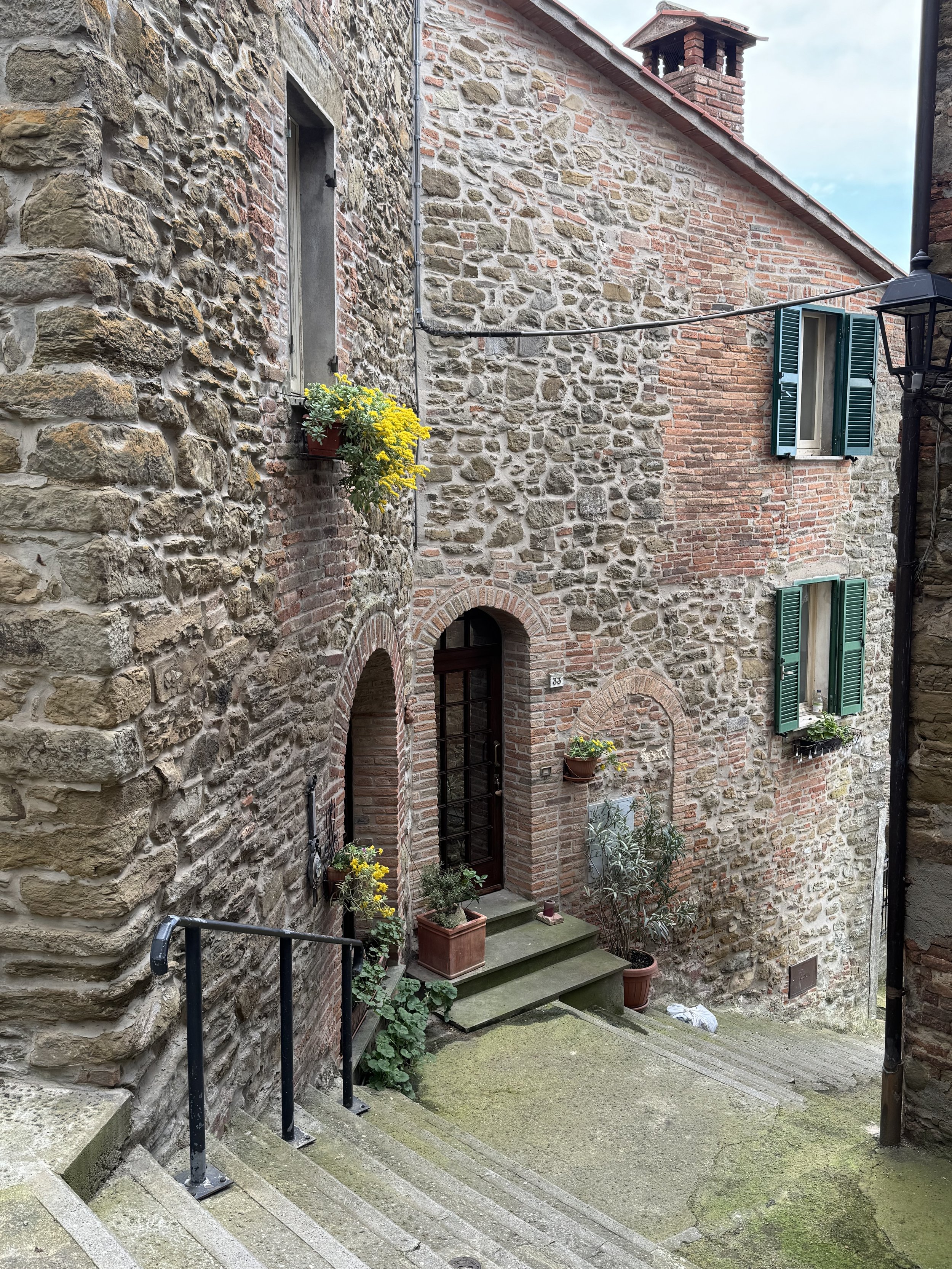The Windows of Umbria
It’s August, it is hot, and I am feeling pigra (that’s Italian for lazy). To escape the heat I am inside, daydreaming about the cool April week I spent in Umbria this past spring.
Panicale
I must have taken 1,000 photos on that trip, mostly of the beautiful architecture, stunning views over the Umbrian hillsides, and spring flowers
Assisi
Looking back at my photos, many feature beautiful doors and windows. I posted some door photos last week, so today it is windows.
Panicale
Many of the windows were filled with flowers, others were shuttered and bare. Most were set into Medieval stone or brick walls. All made me wonder about all the stories they might tell.
A few of the windows were more modern, set in a vineyard in Bevagna. They provided me with a view of vines, sunsets, cats, and an occasional rabbit.
Old or new, all invited me to take their photo.
Orvieto
This week is also my birthday week and I am thinking that a perfect gift to give myself would be a return to Umbria for the Infiorata (Spello’s famous event where the streets are paved with flowers) as part of a cooking class week next June. Anyone want to join me?
Assisi

